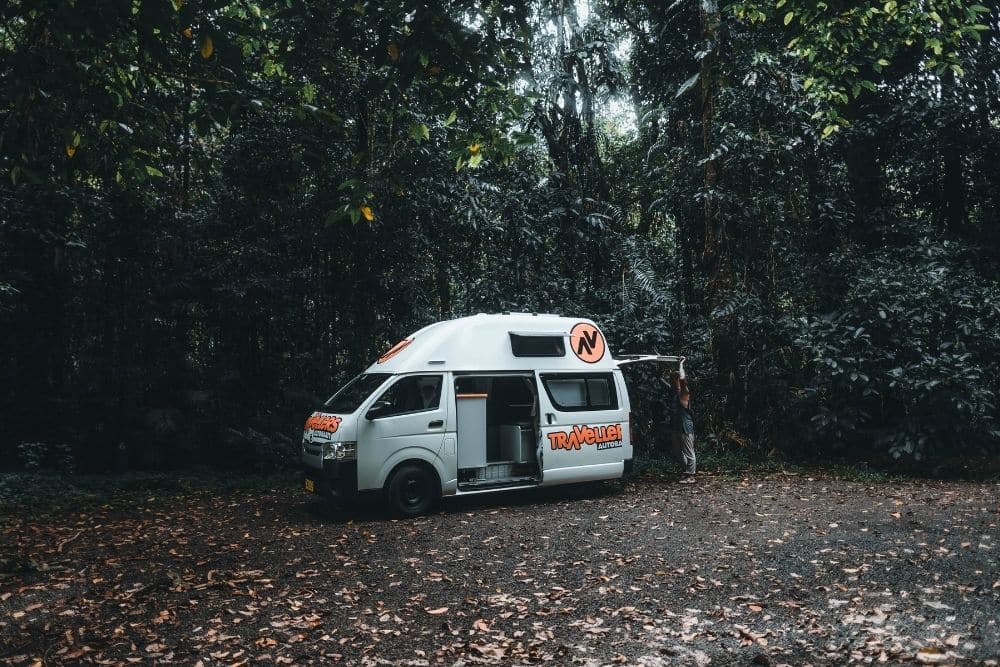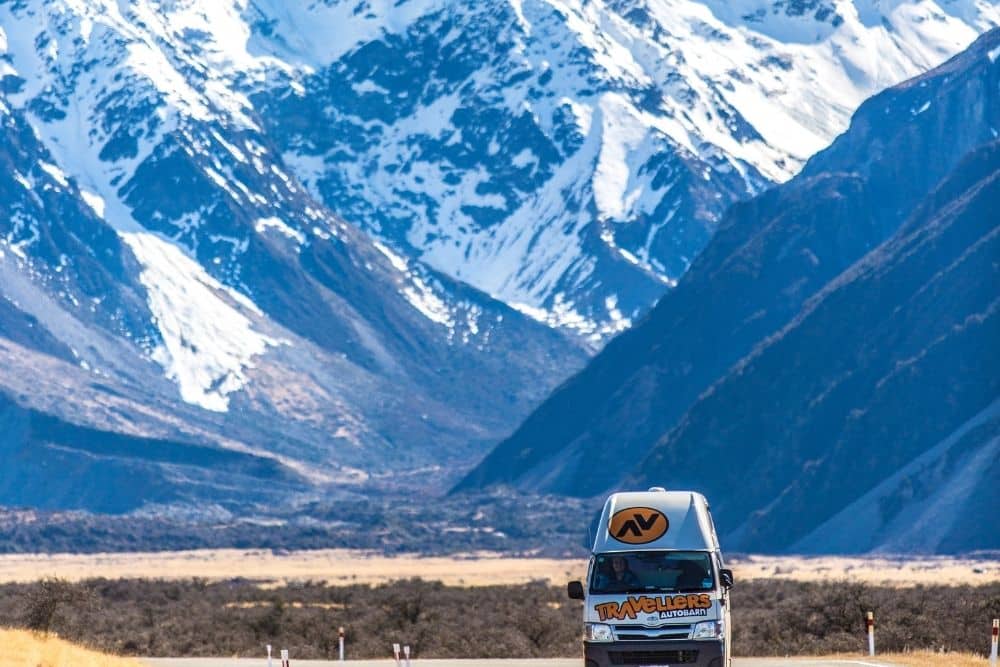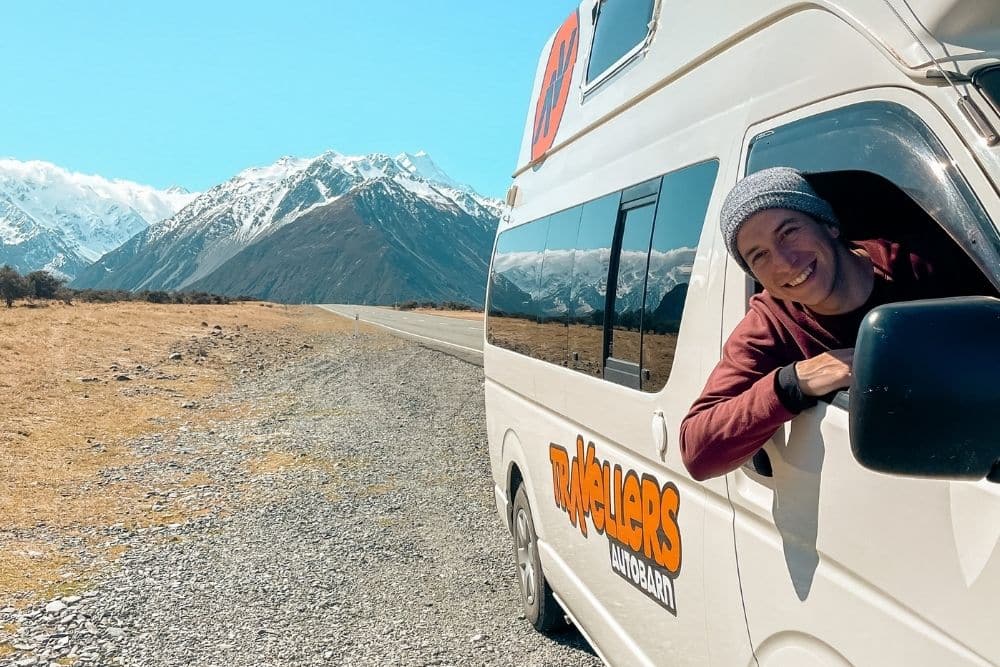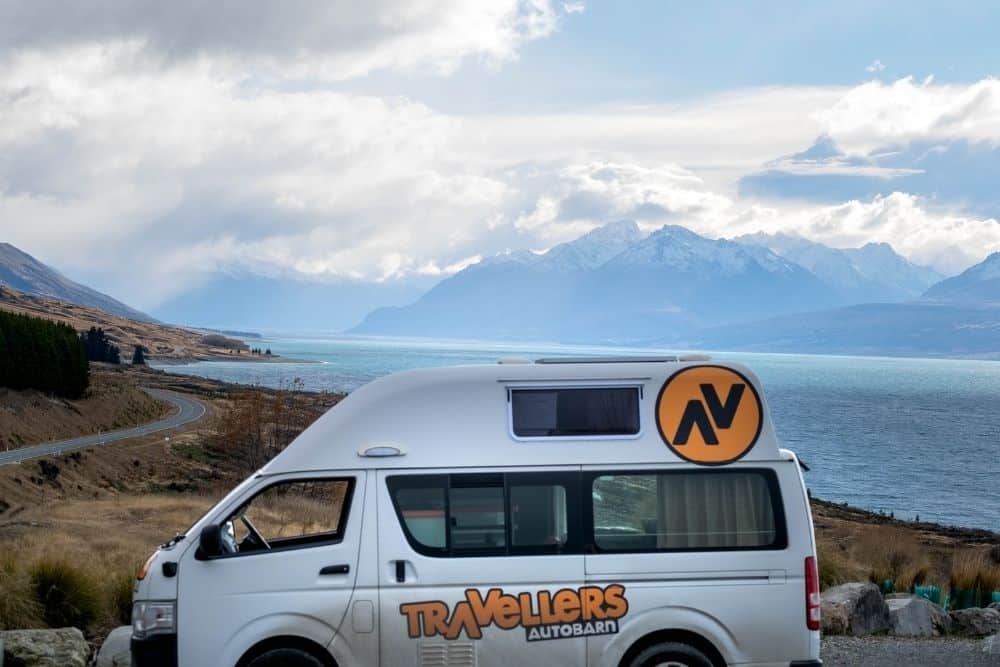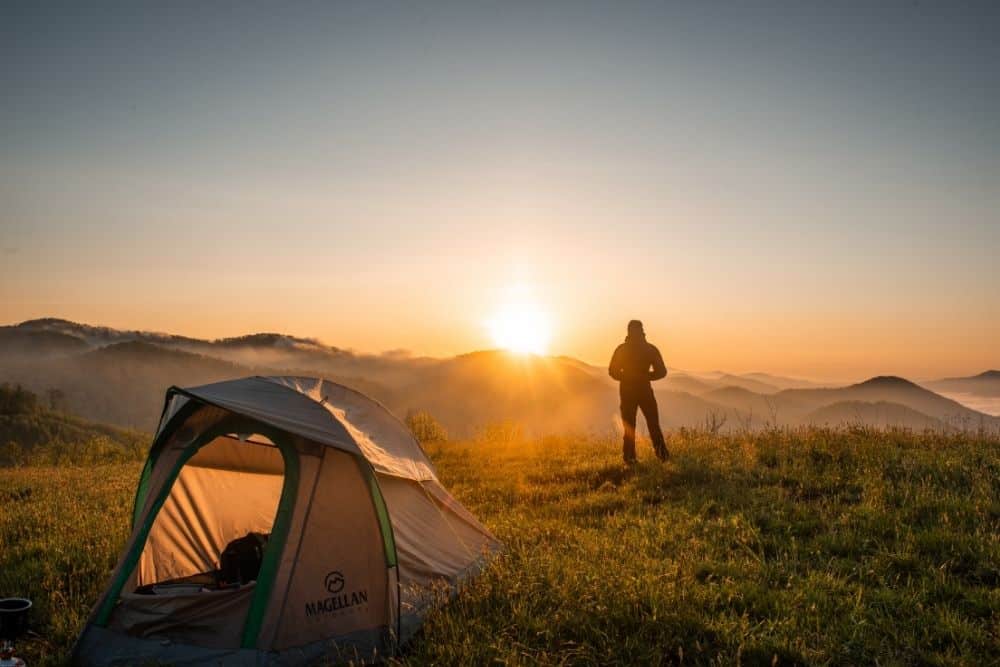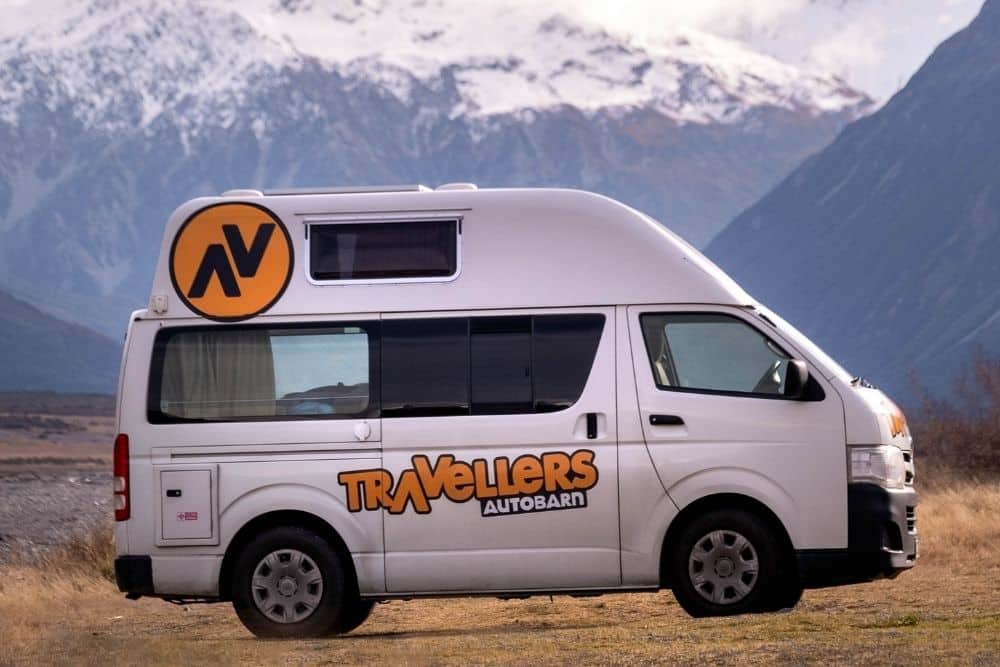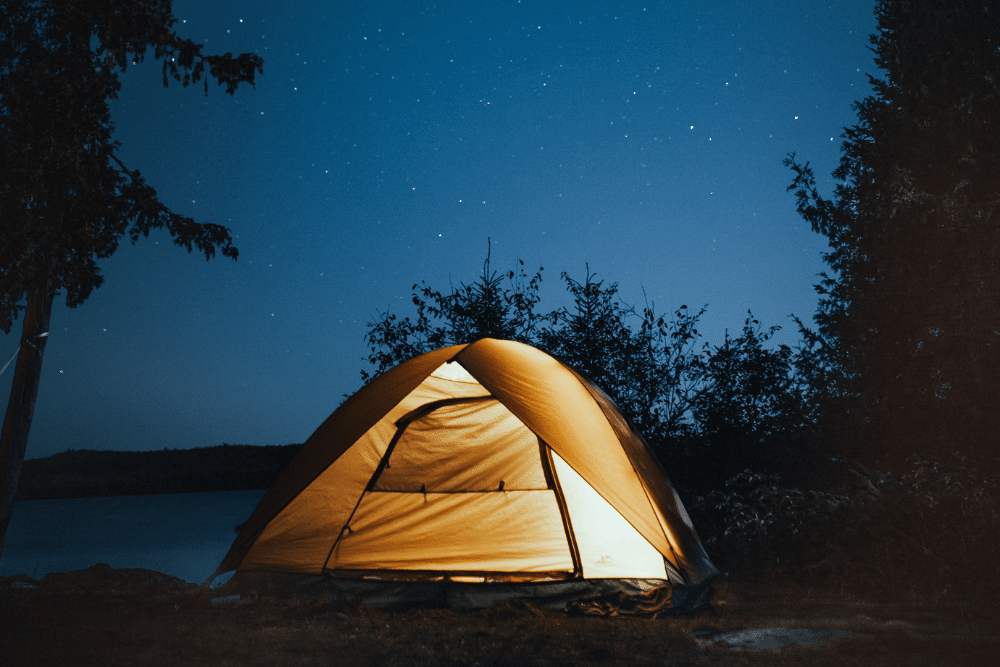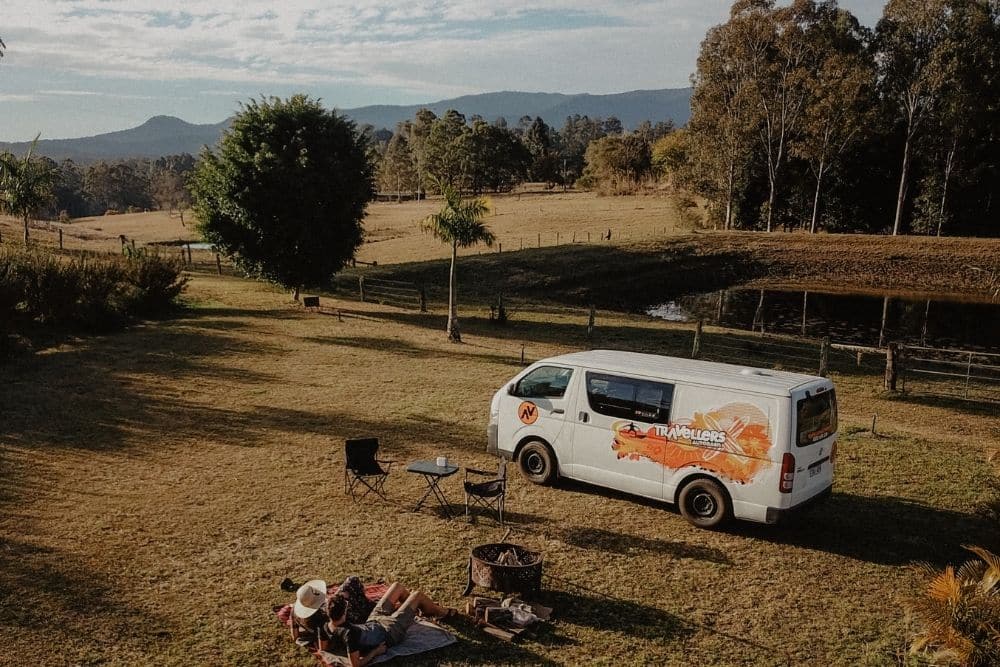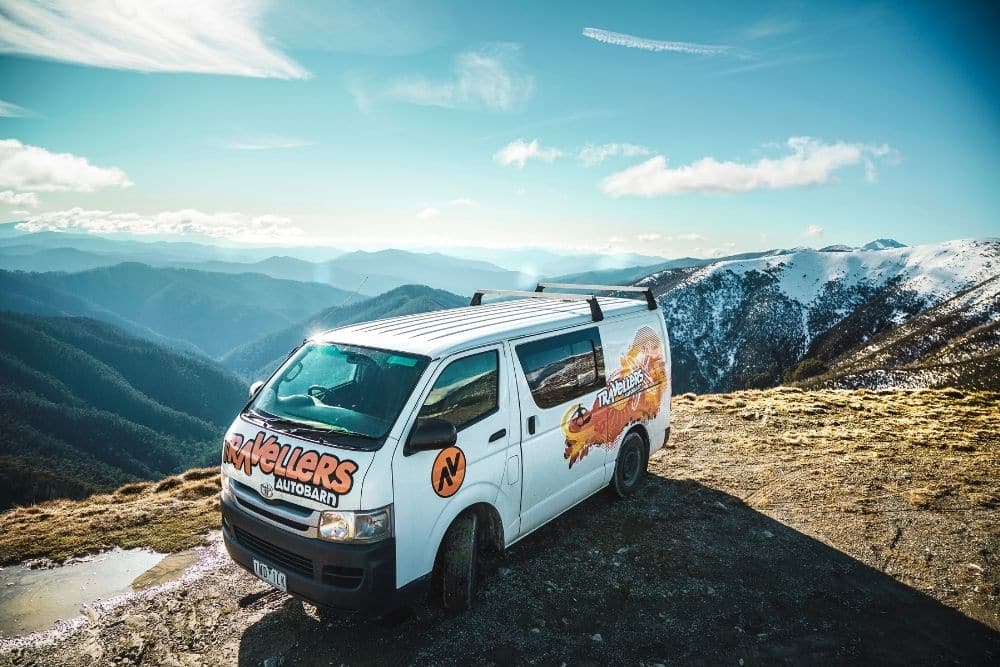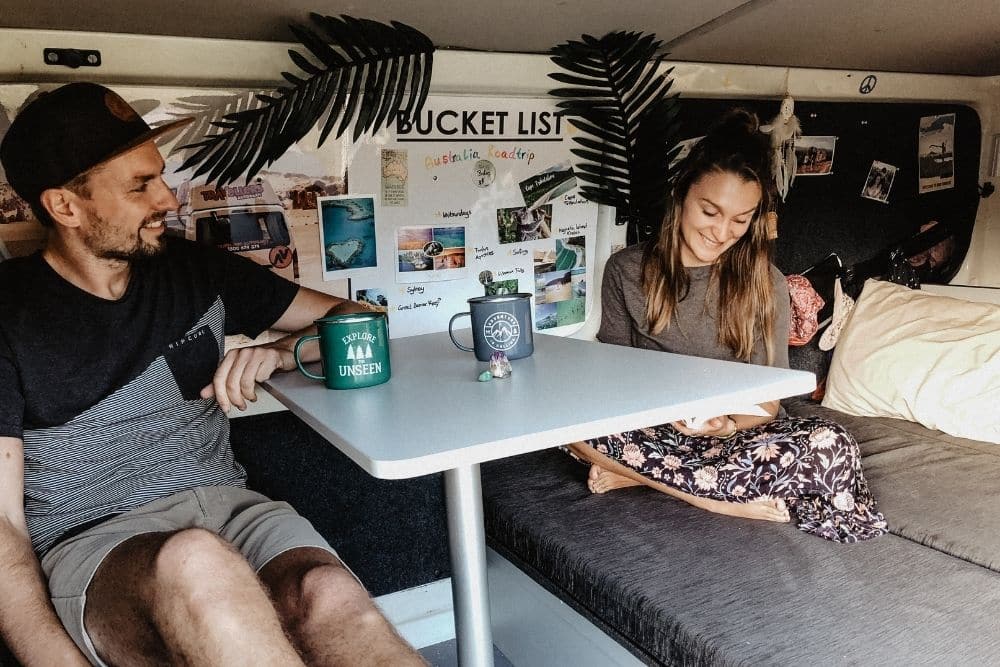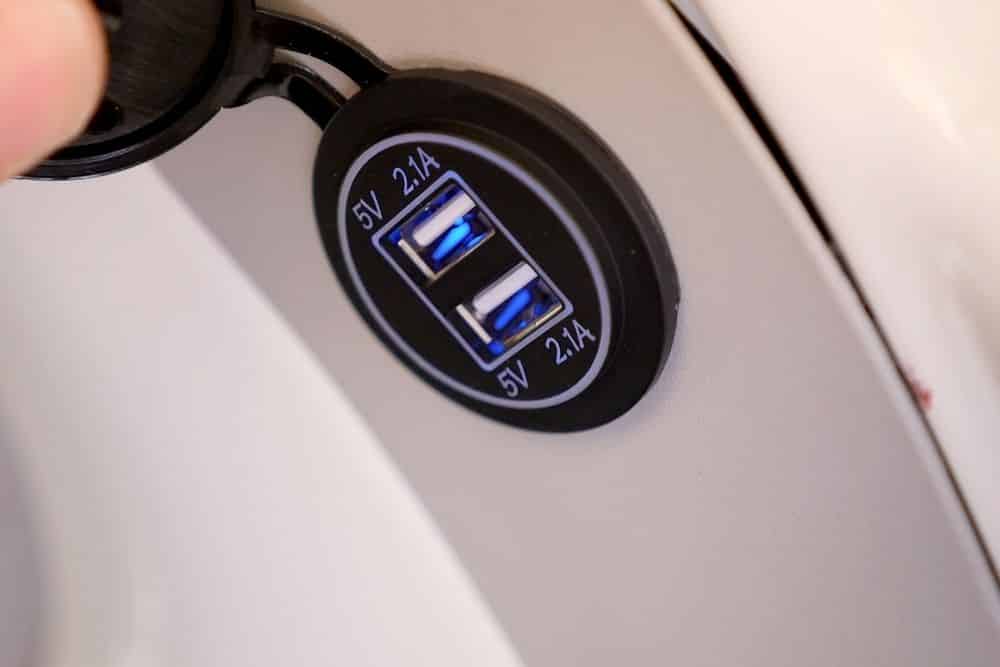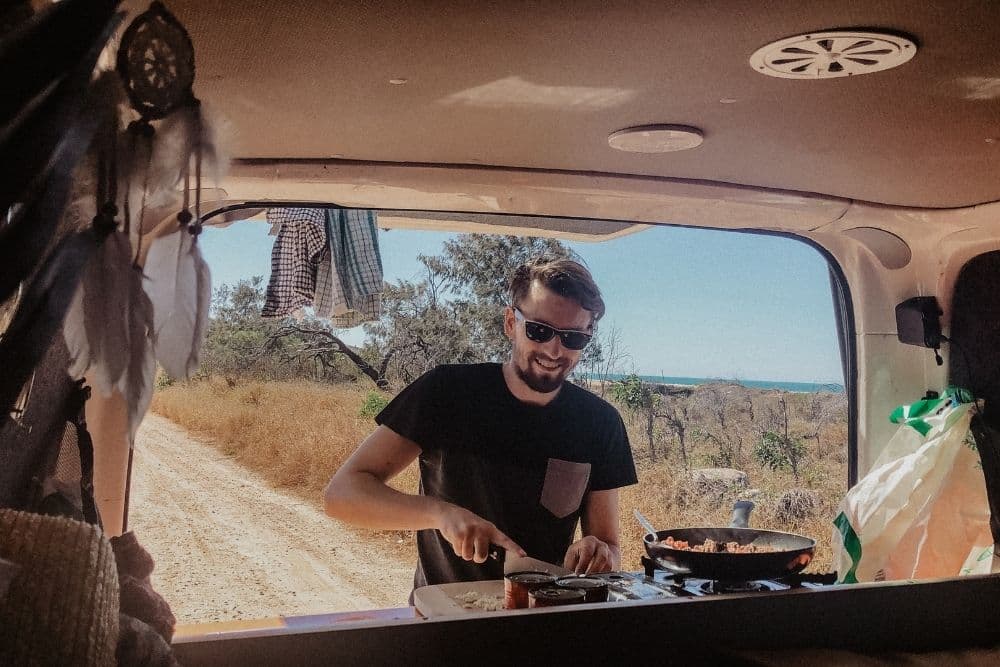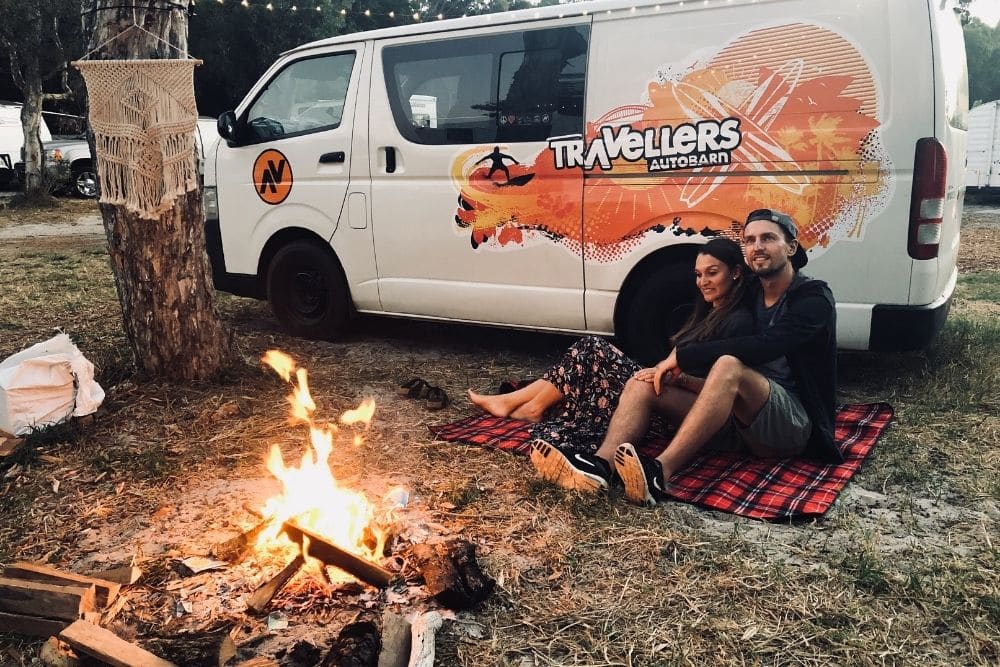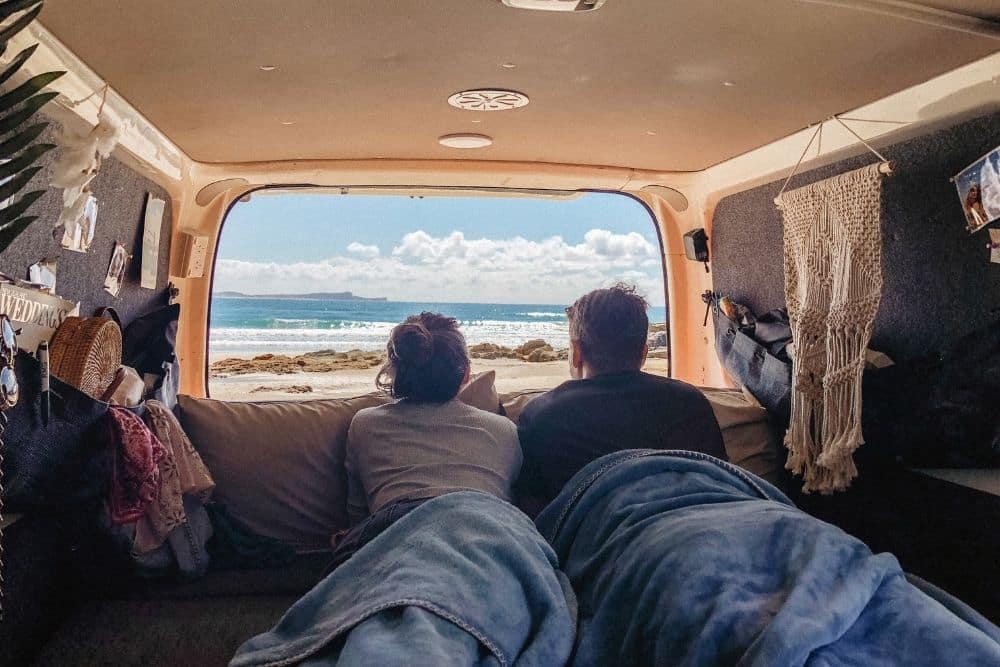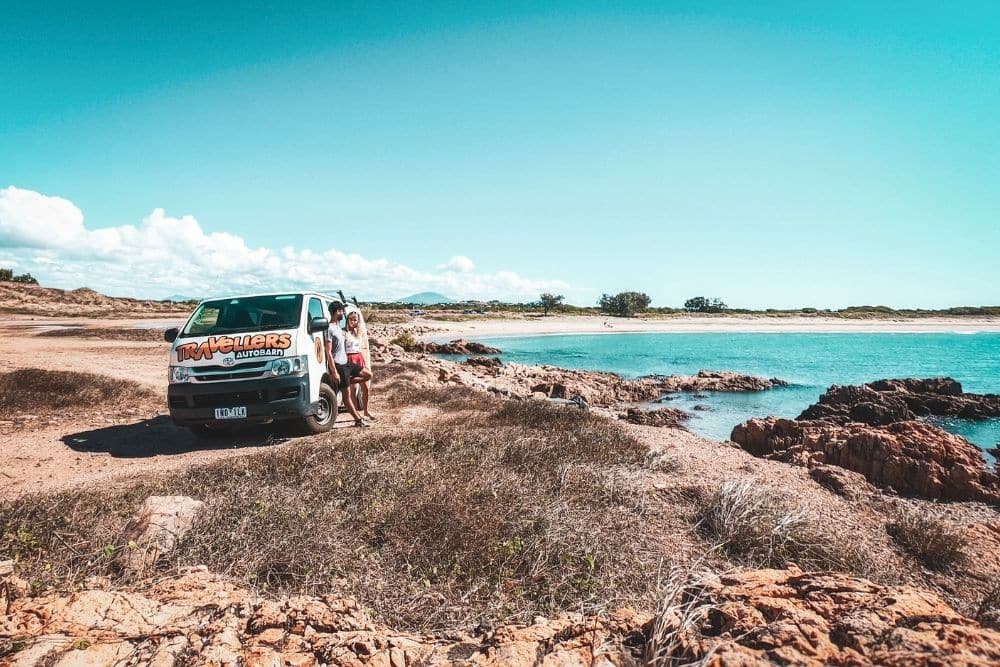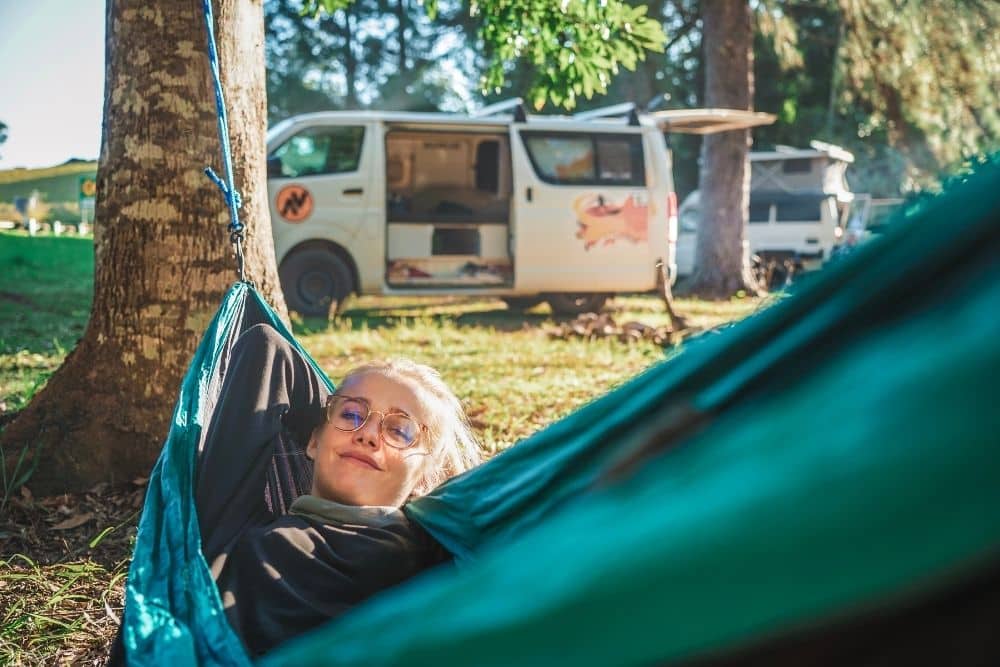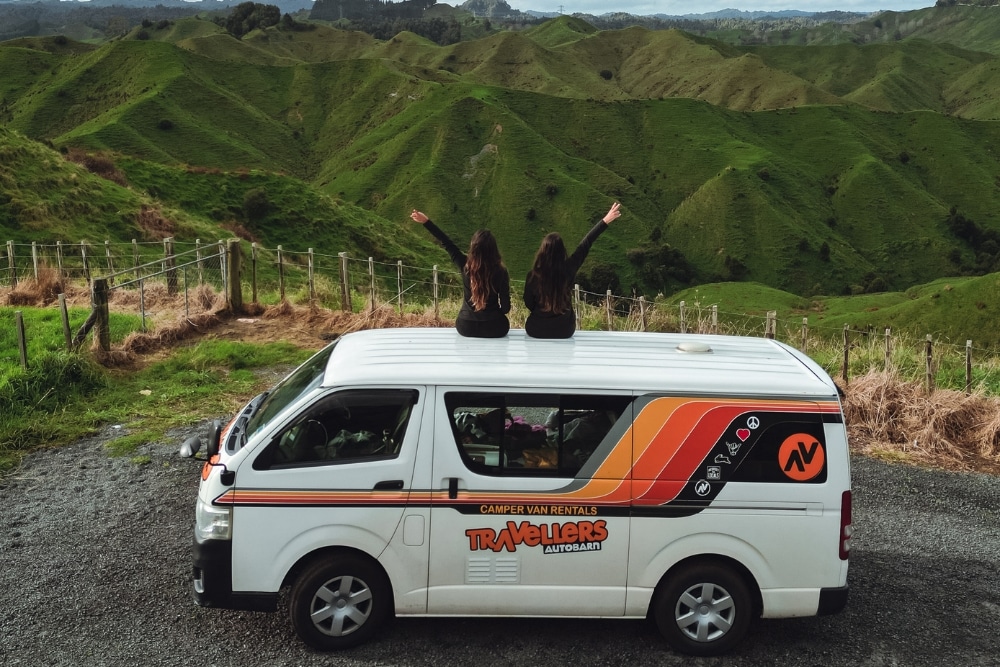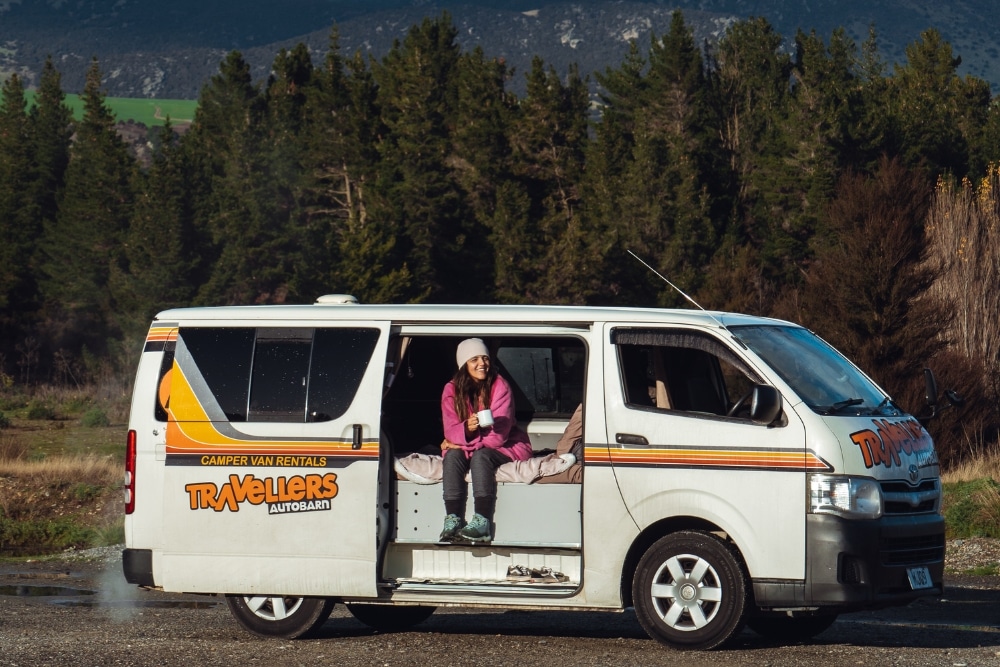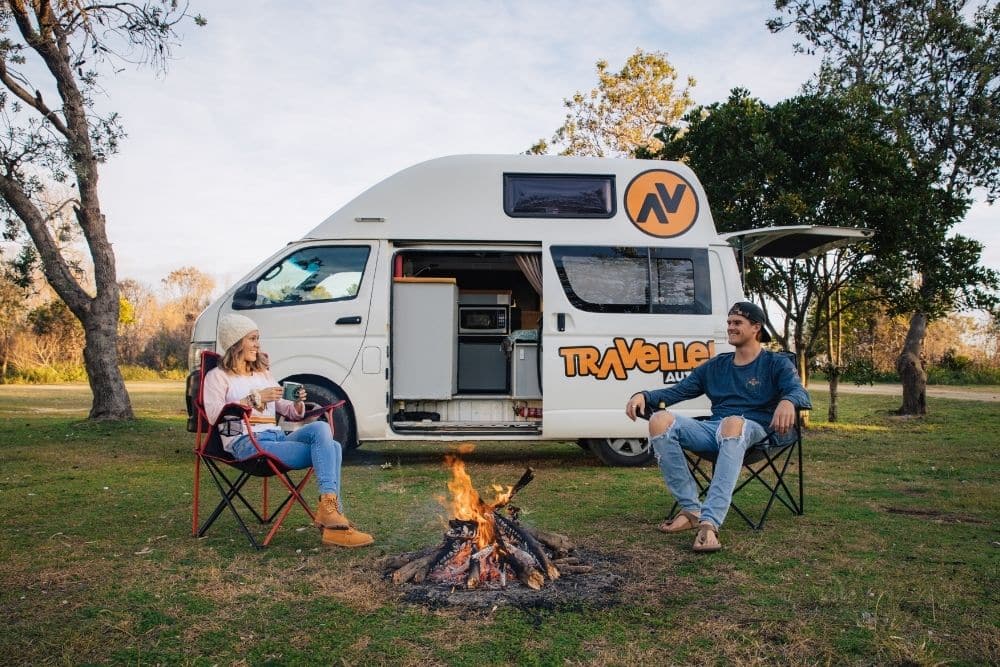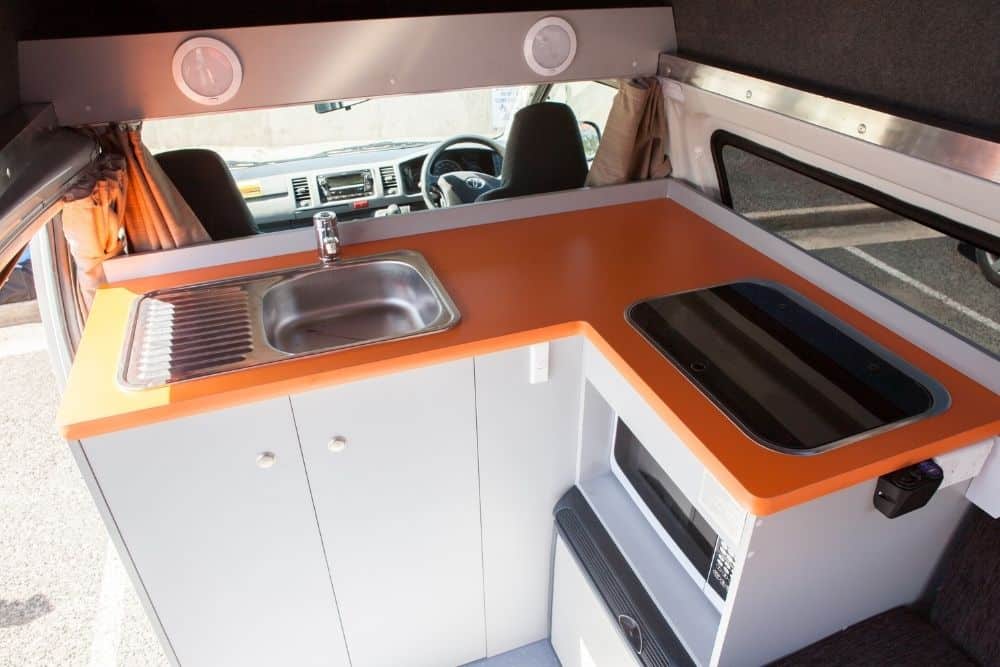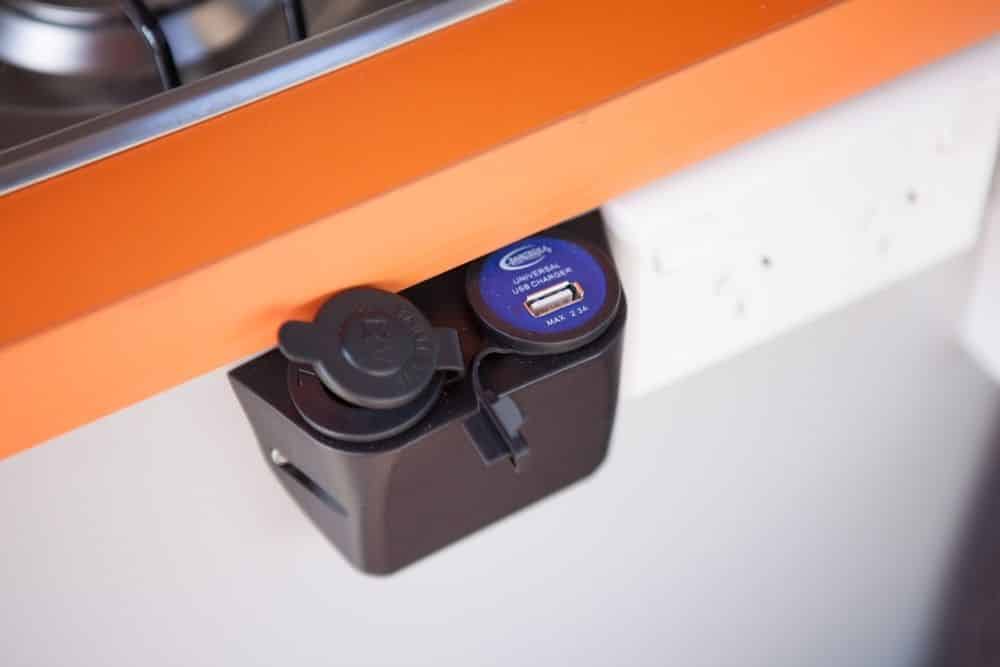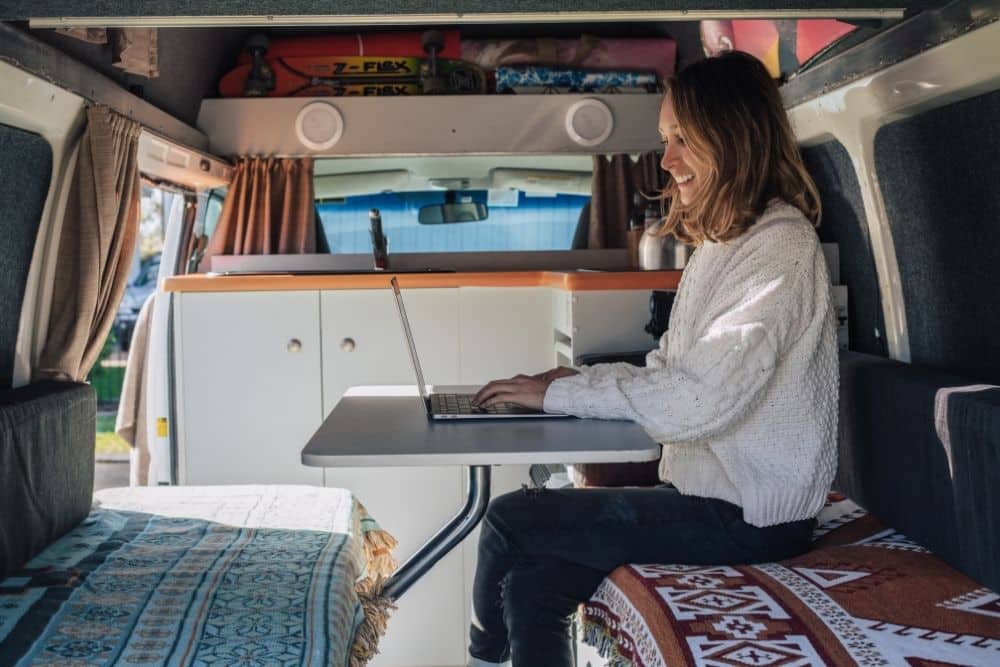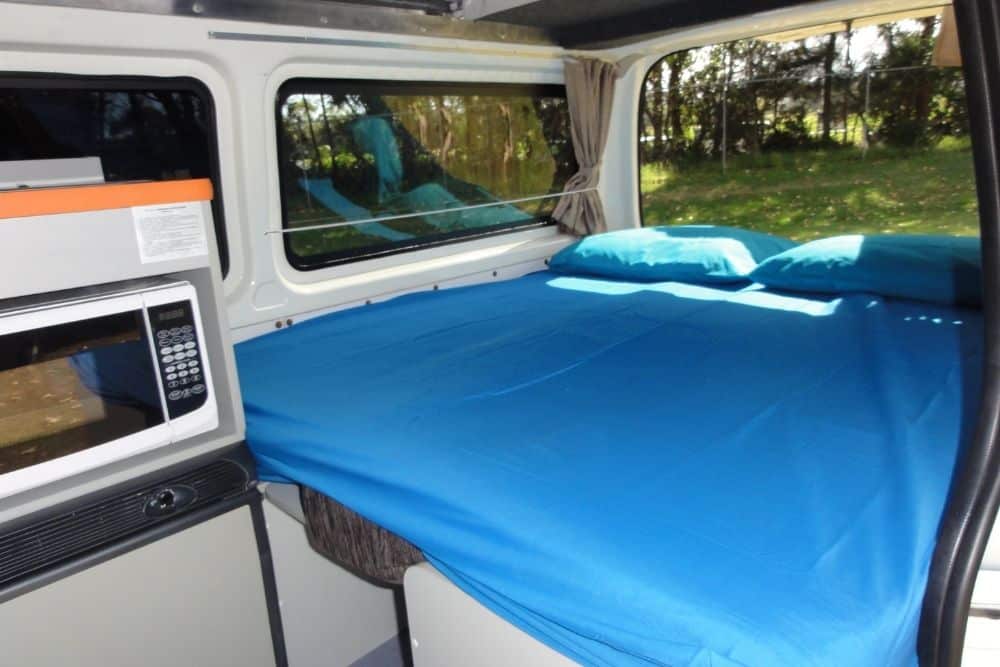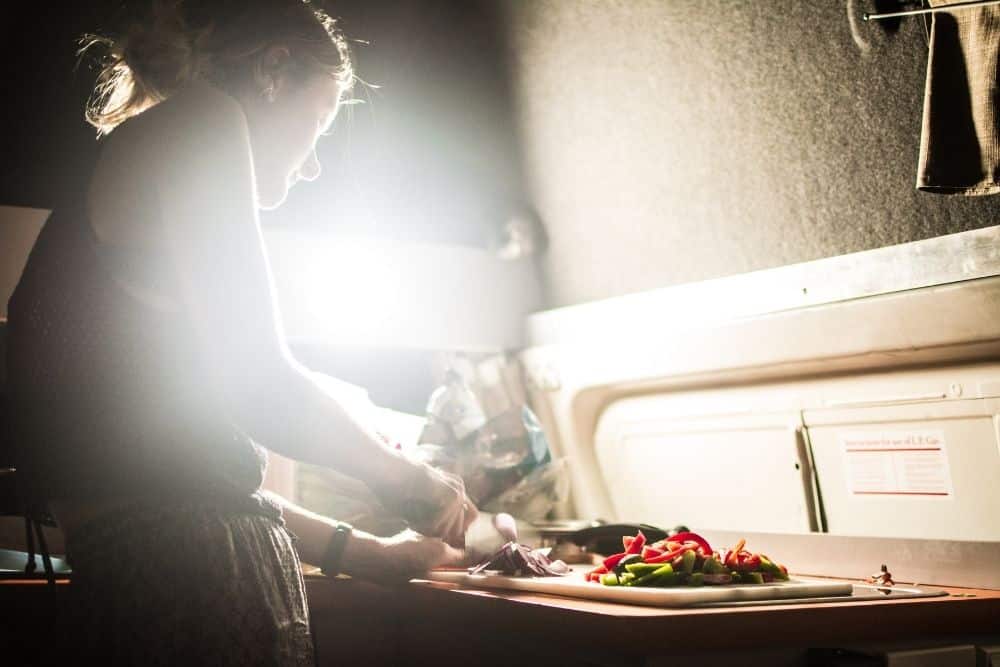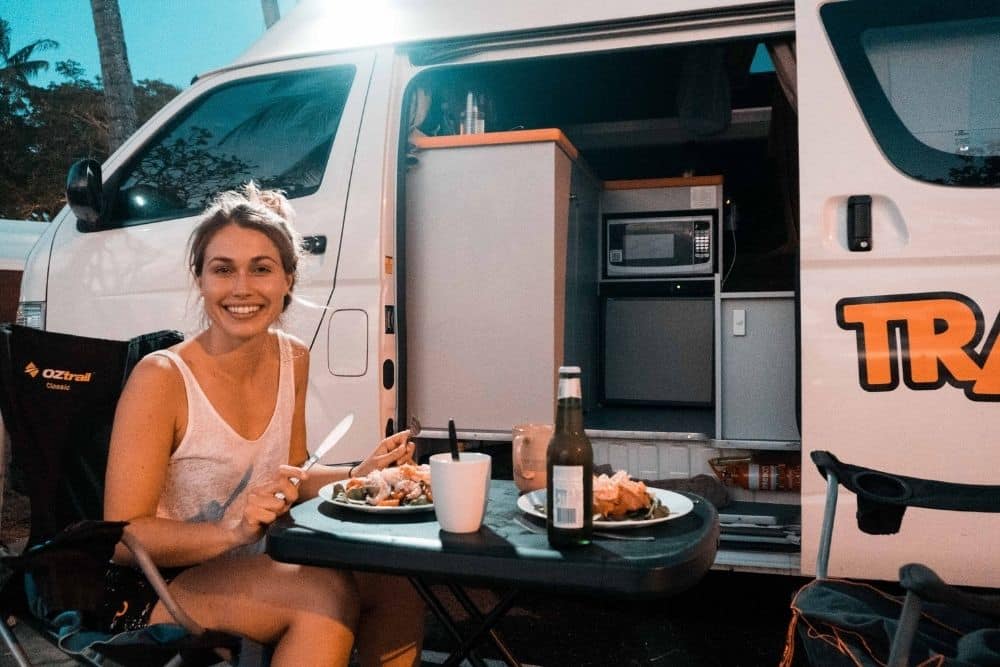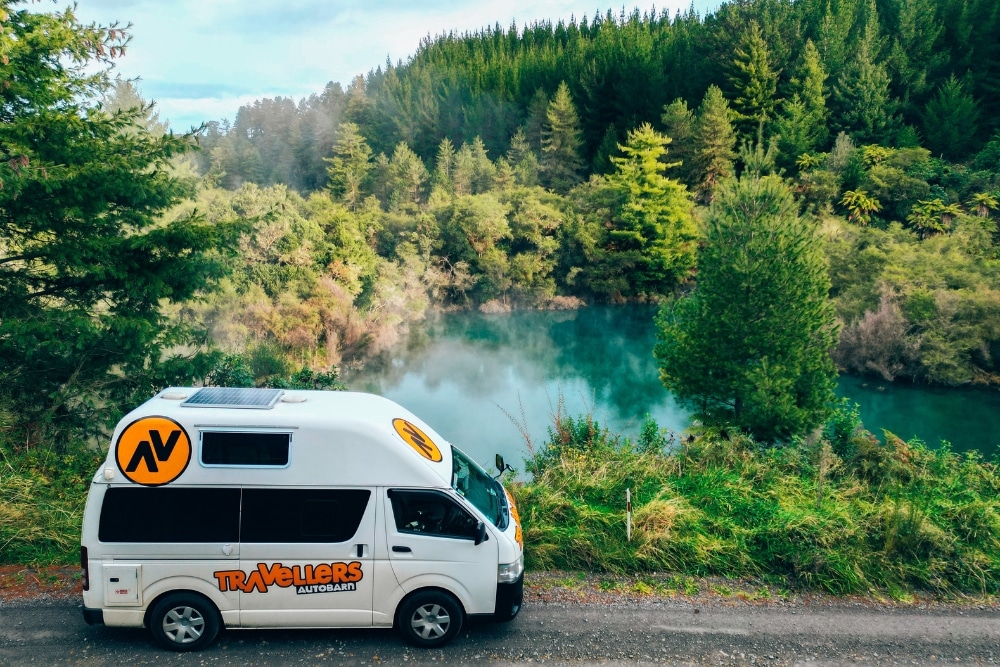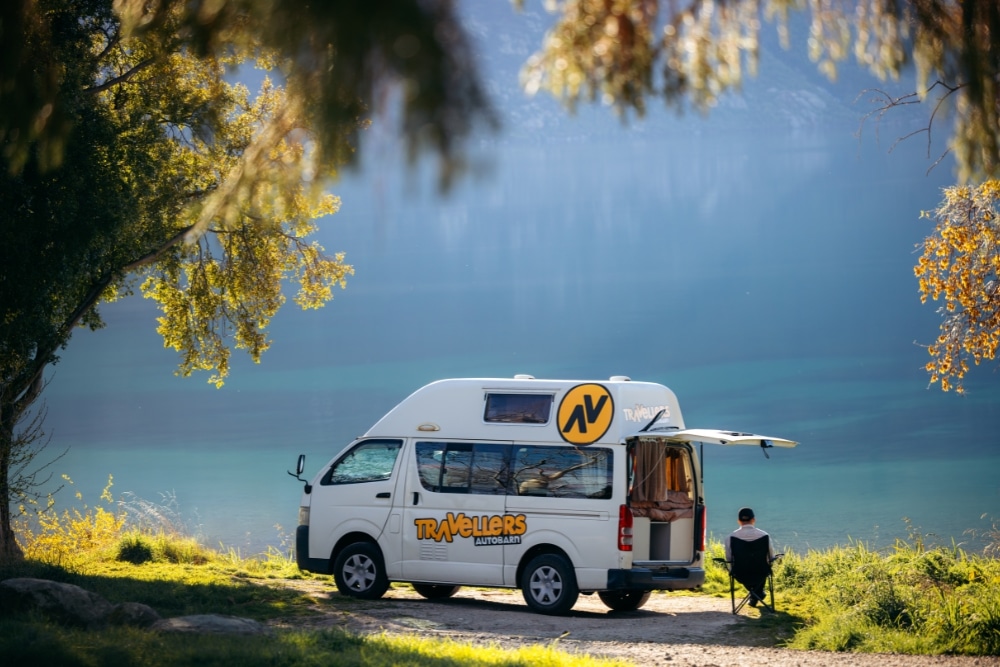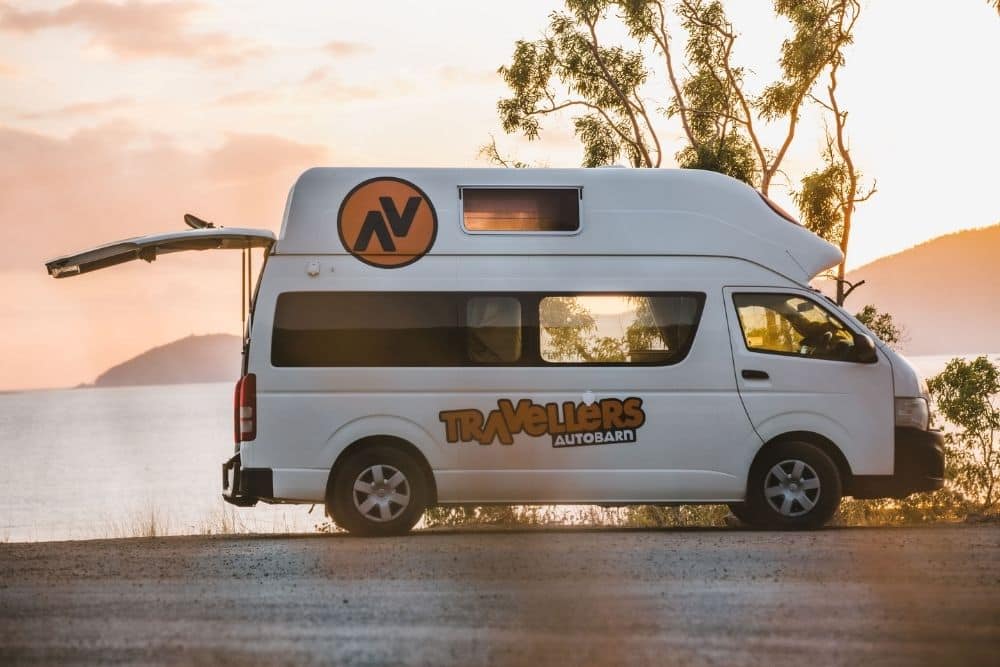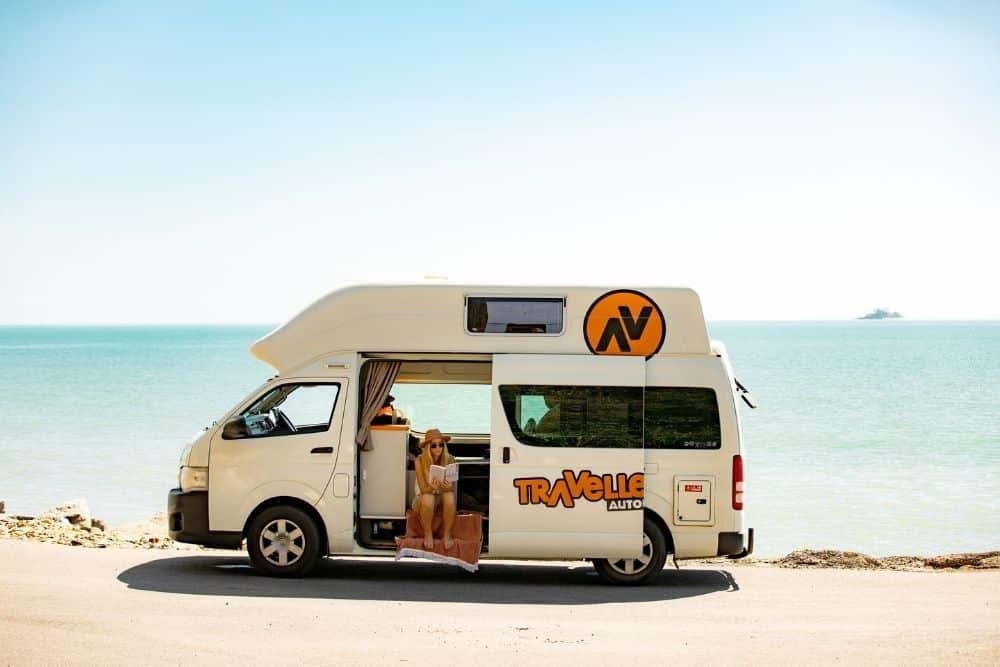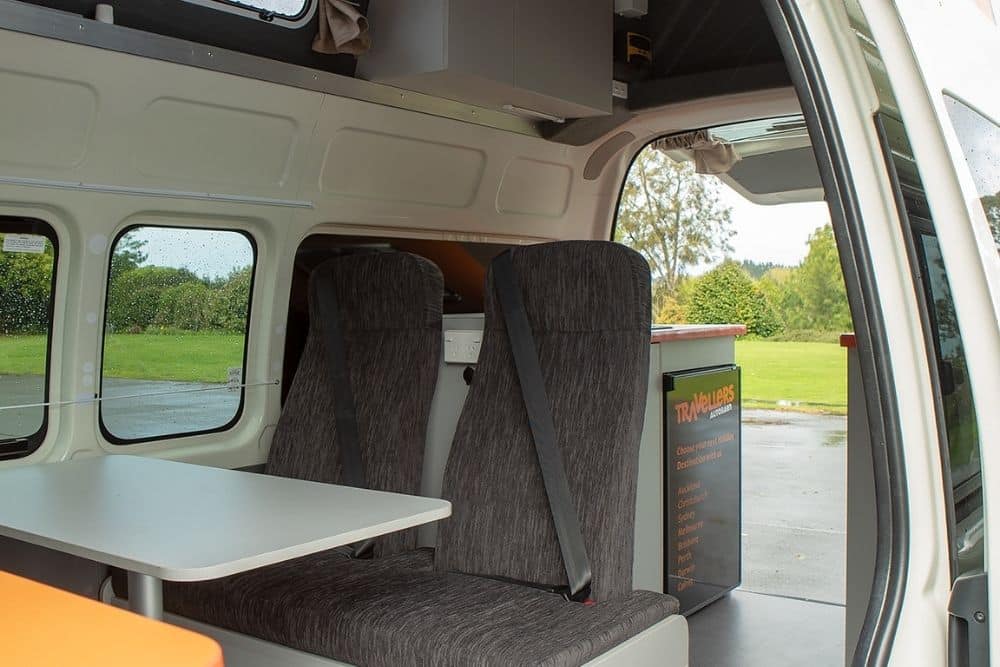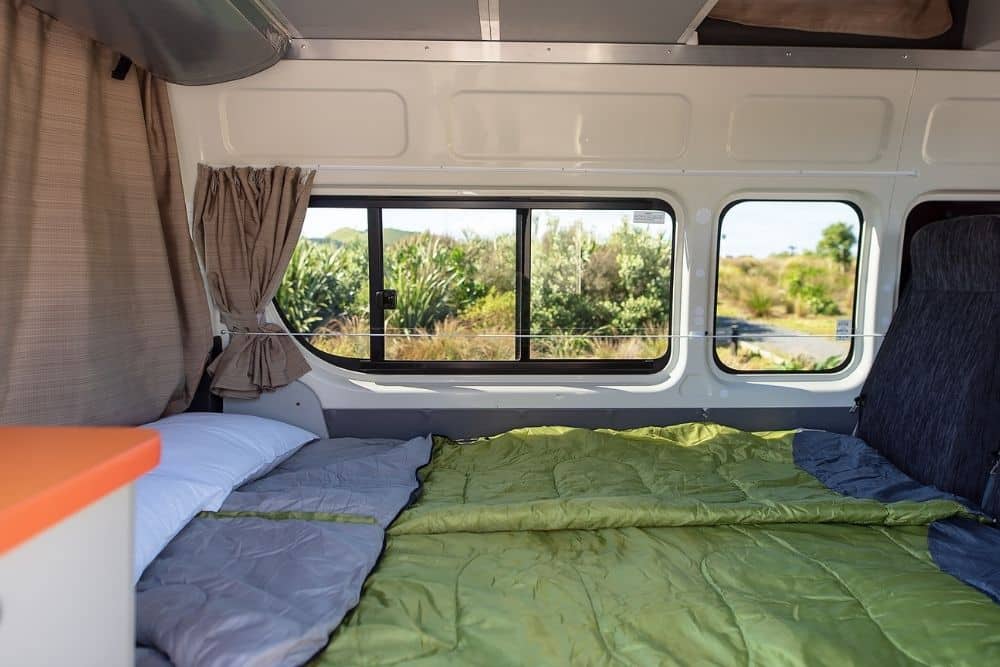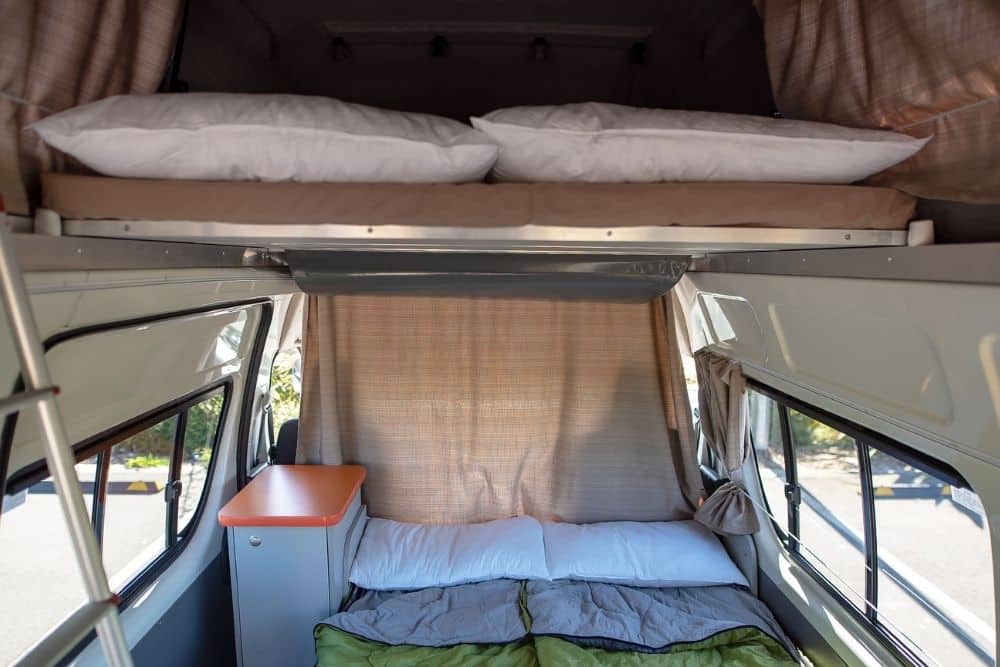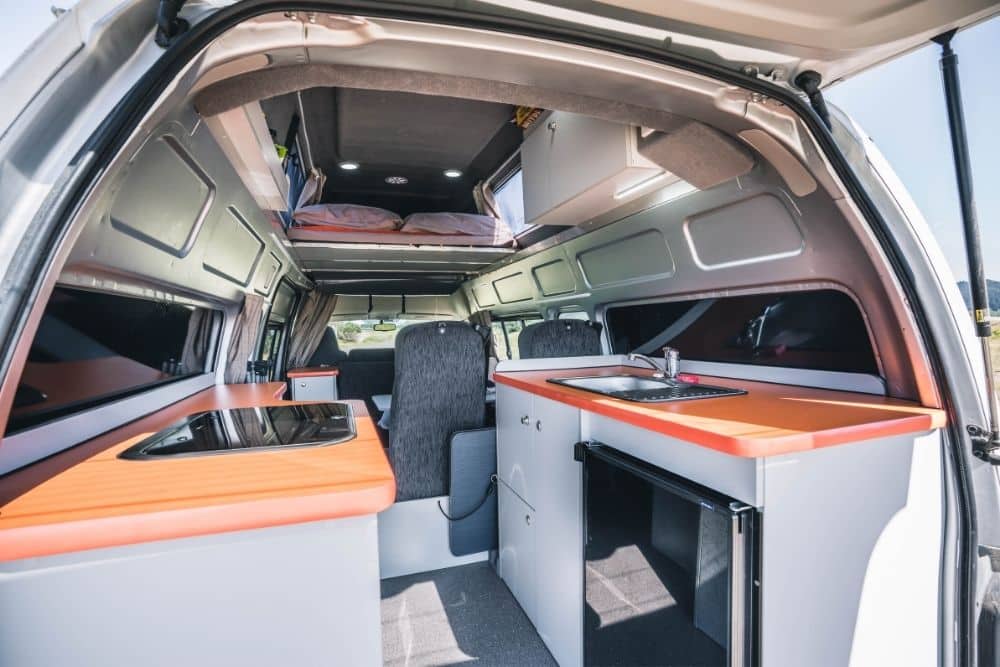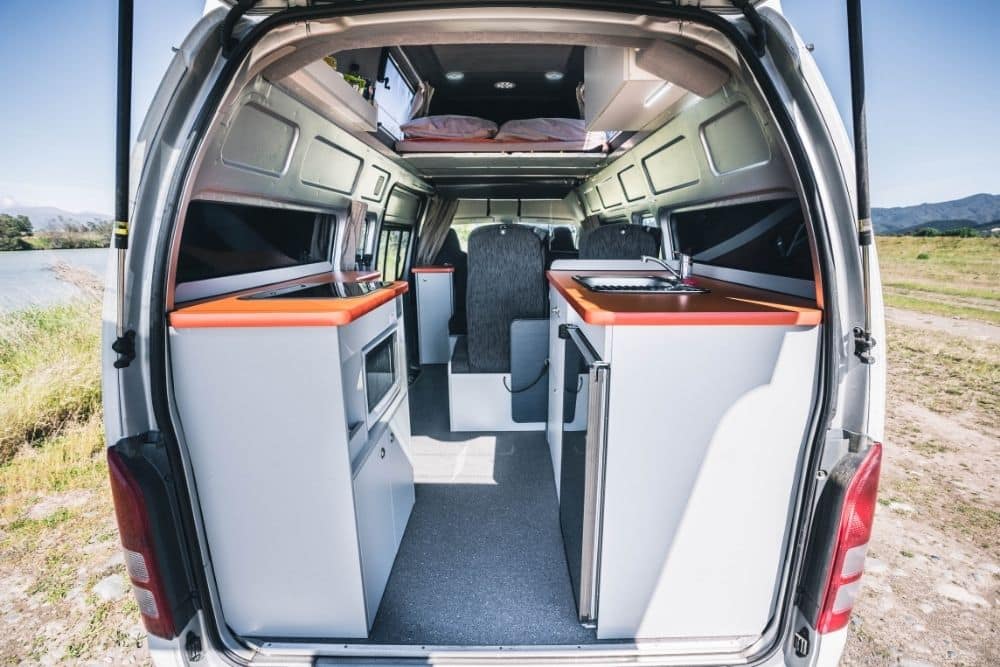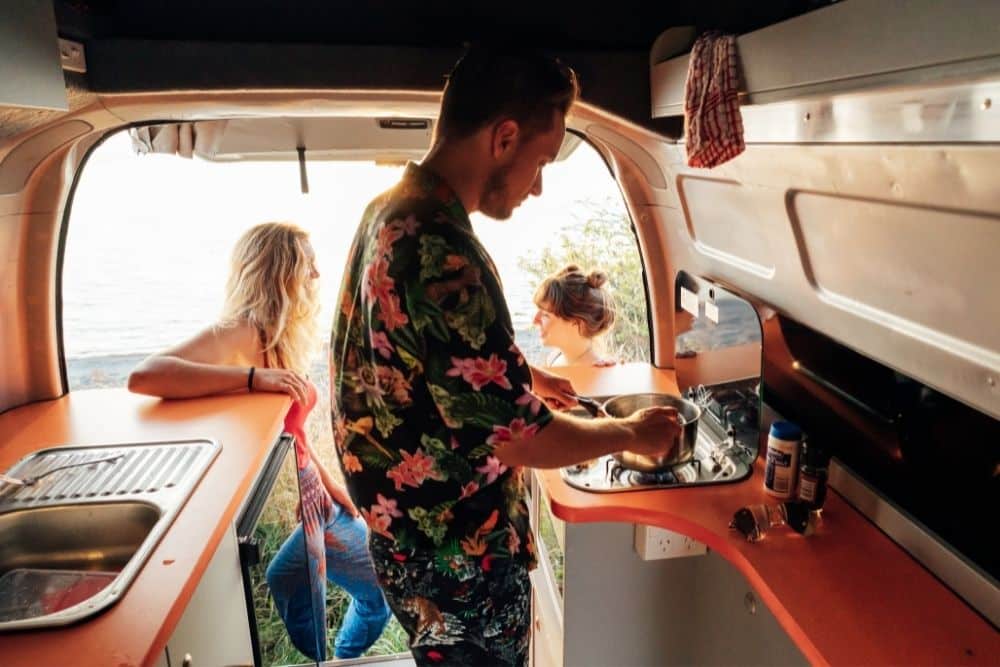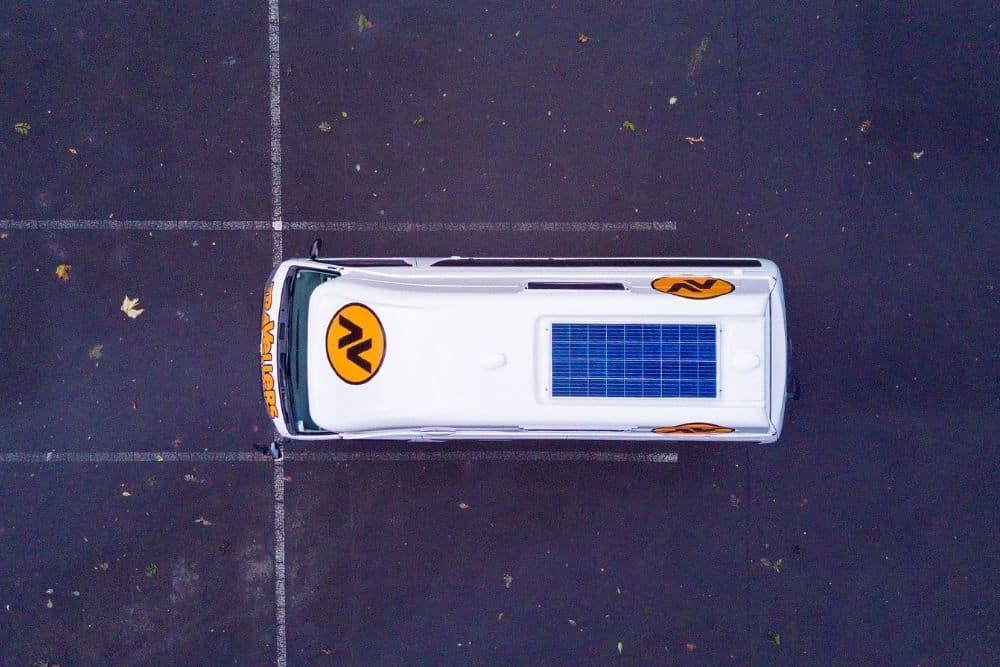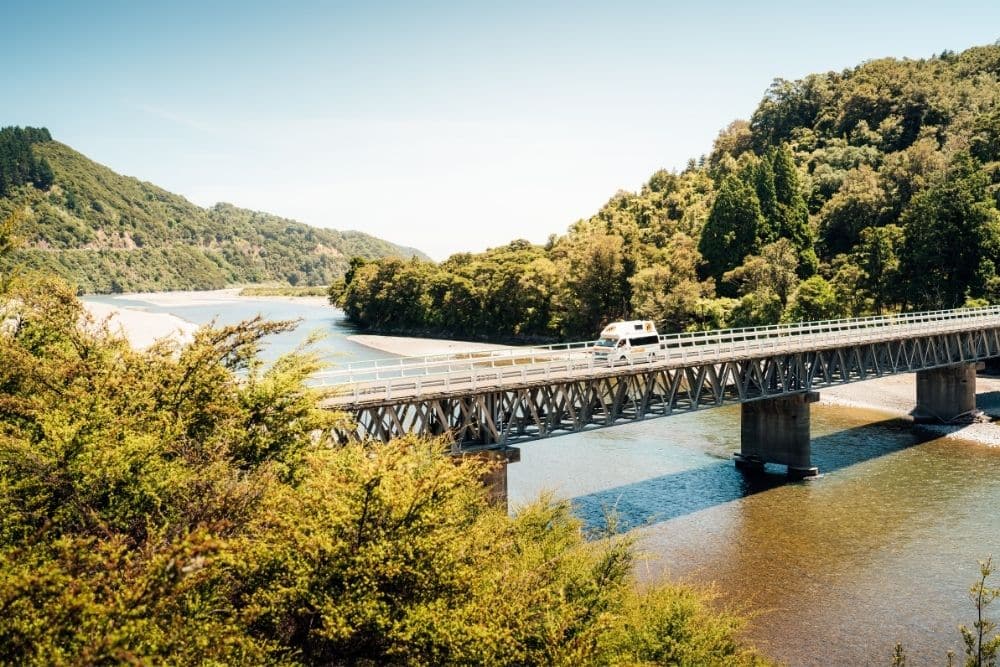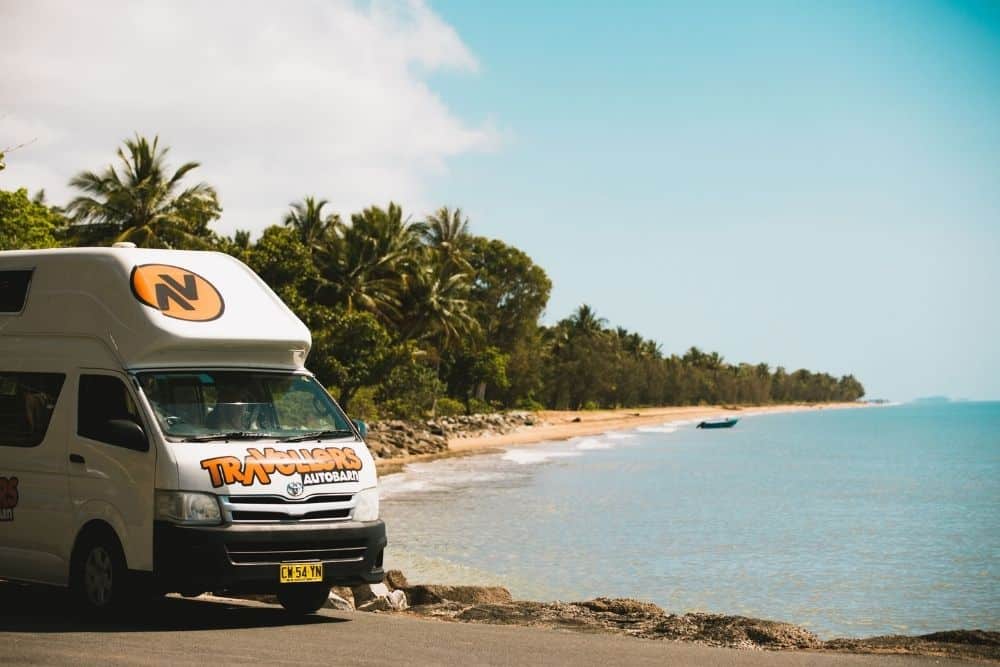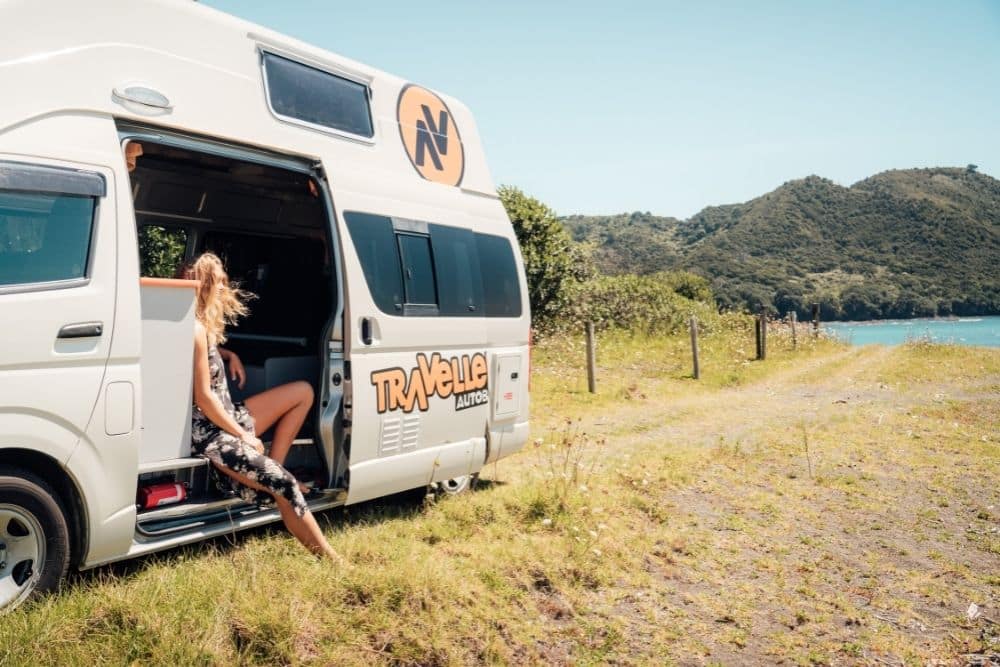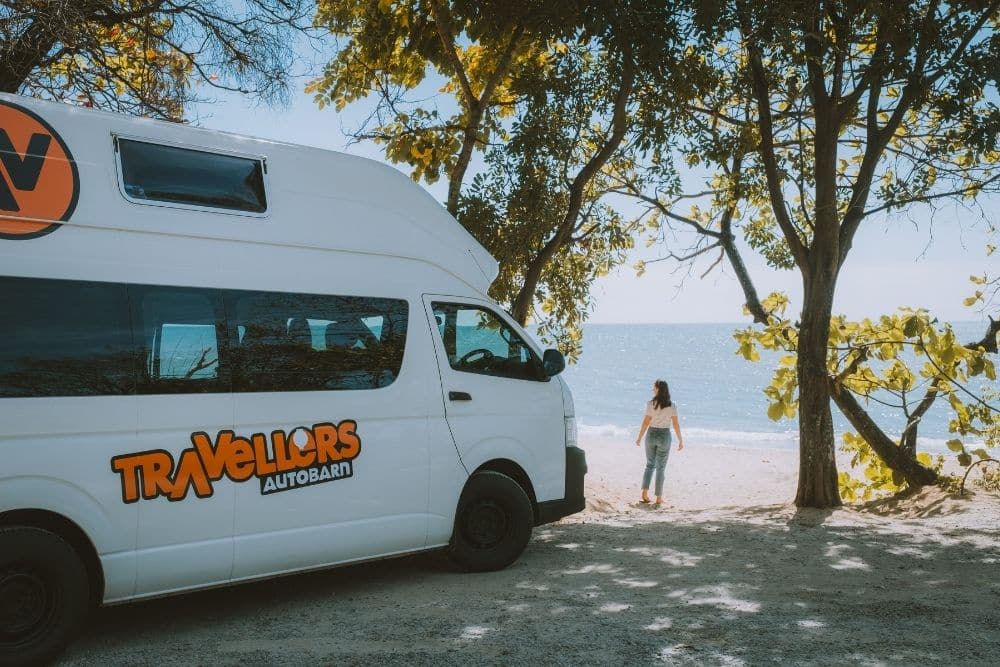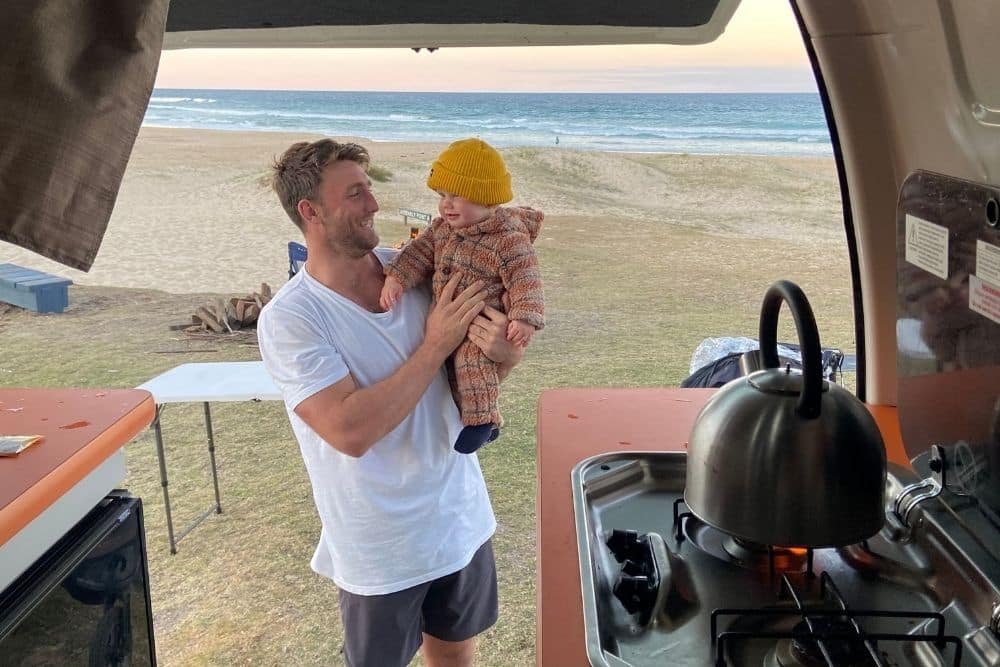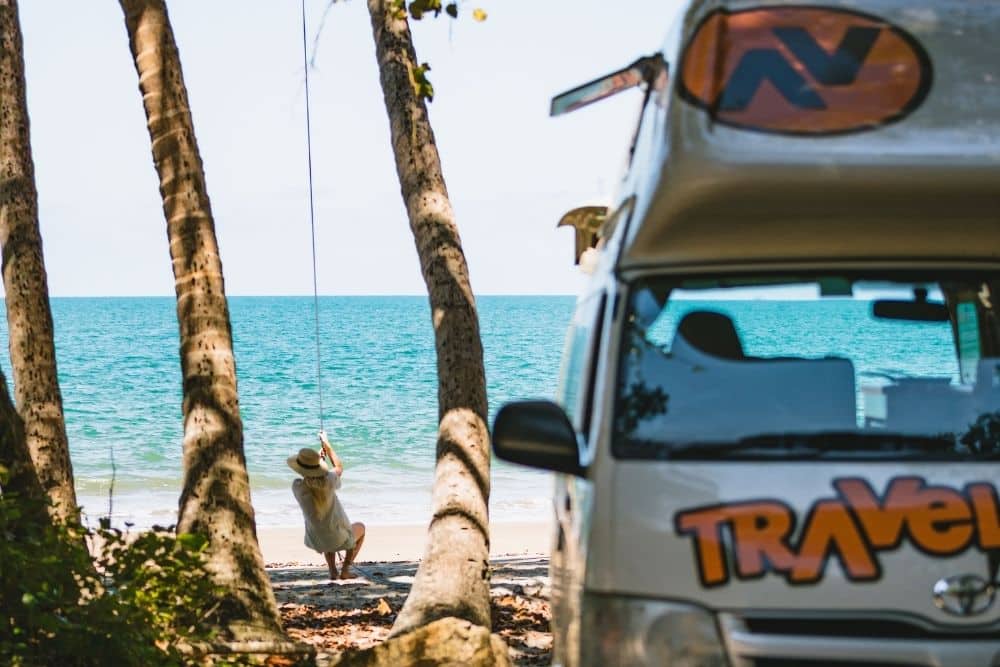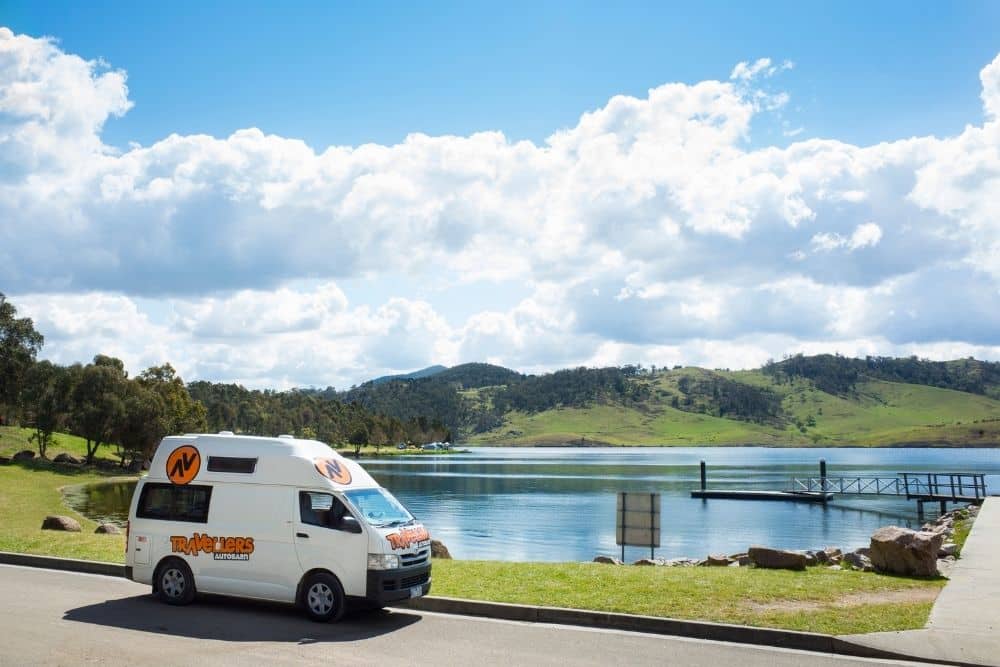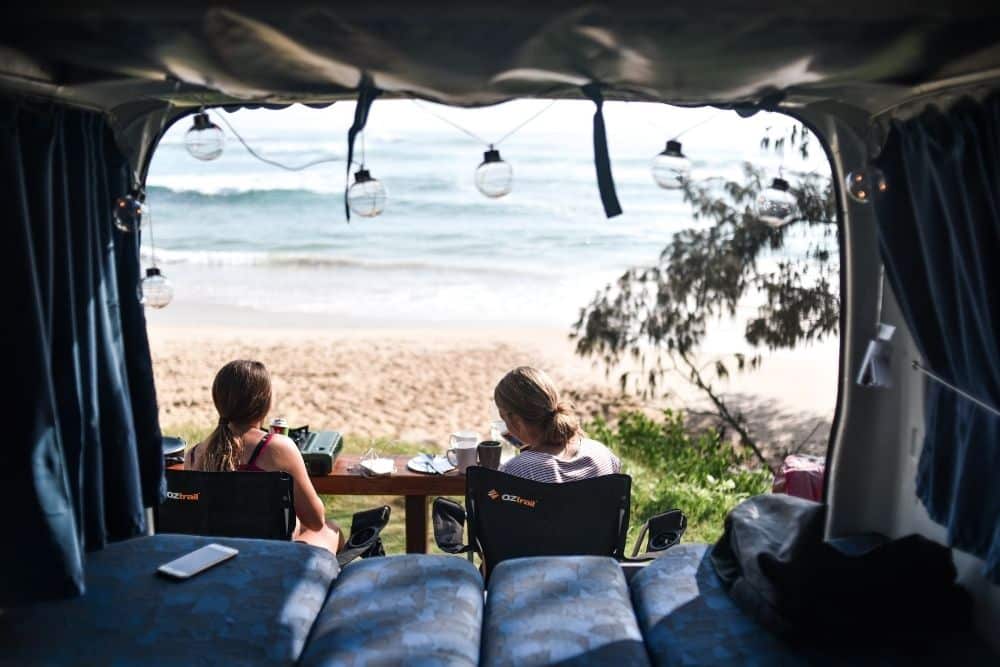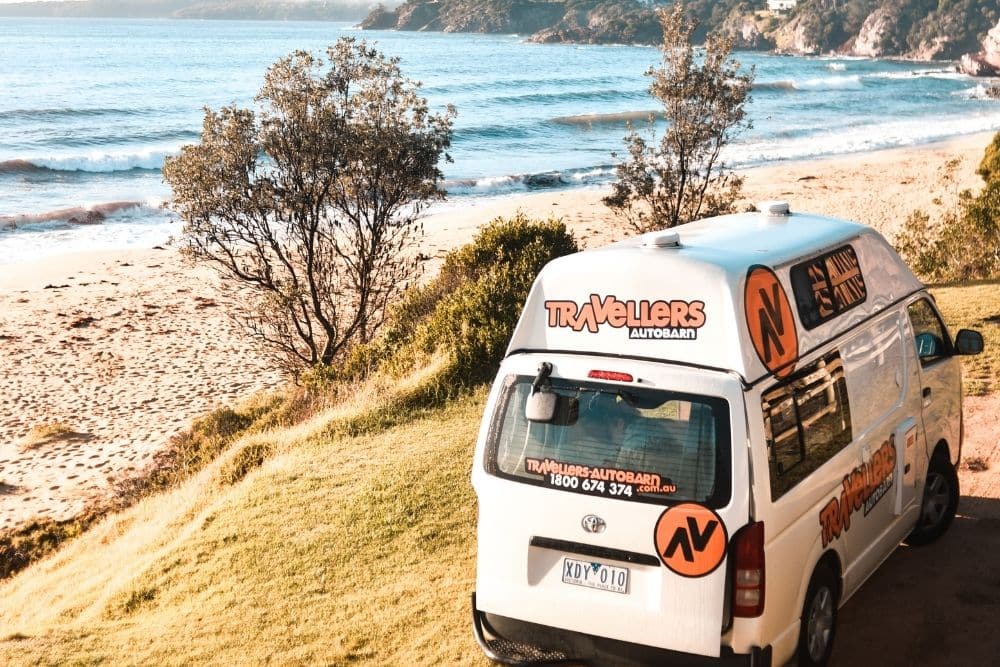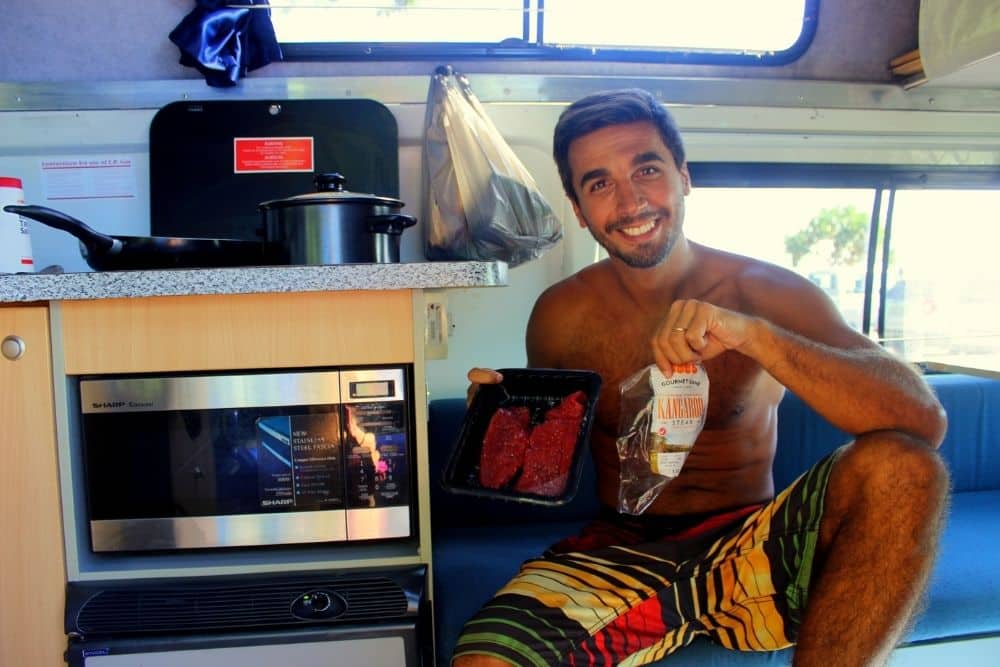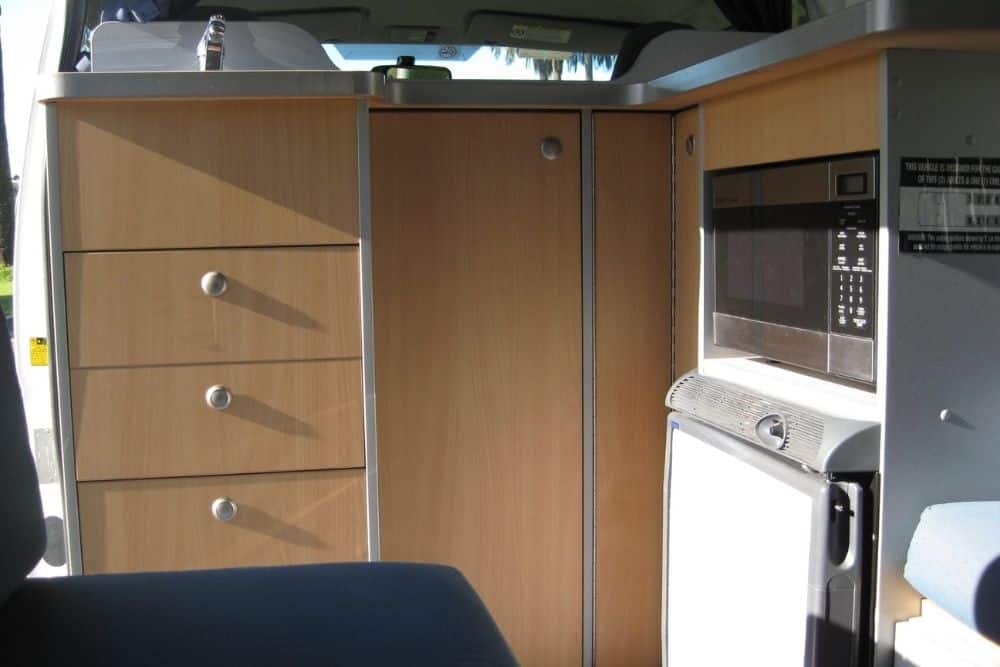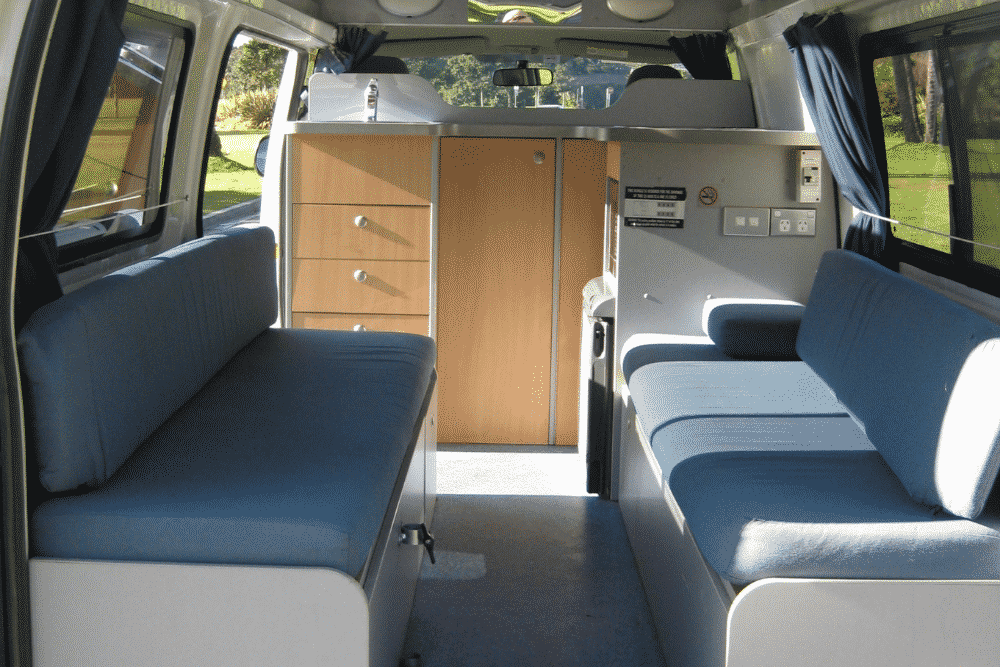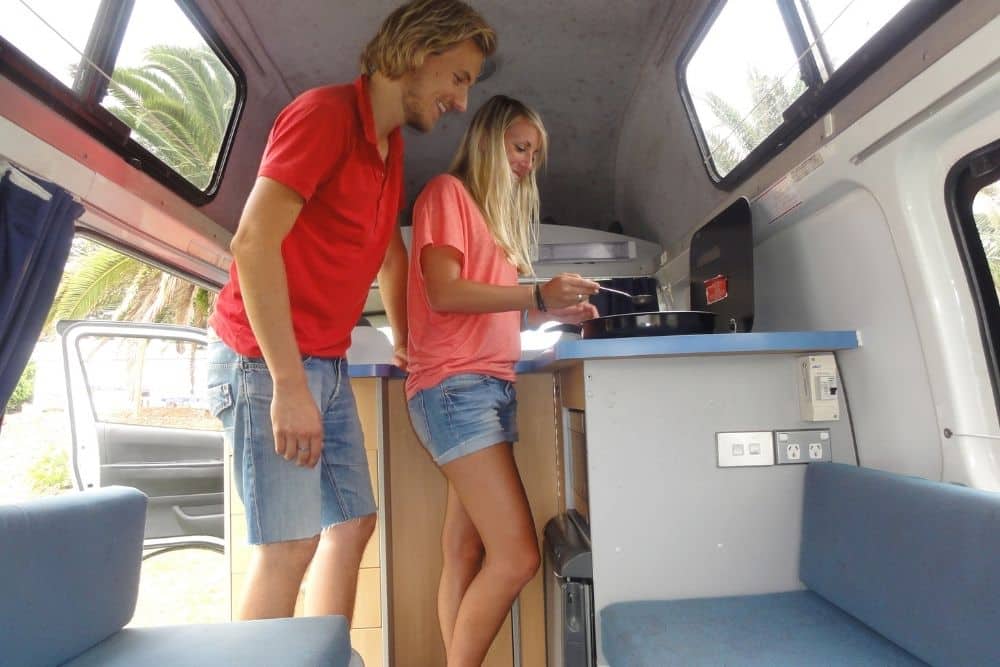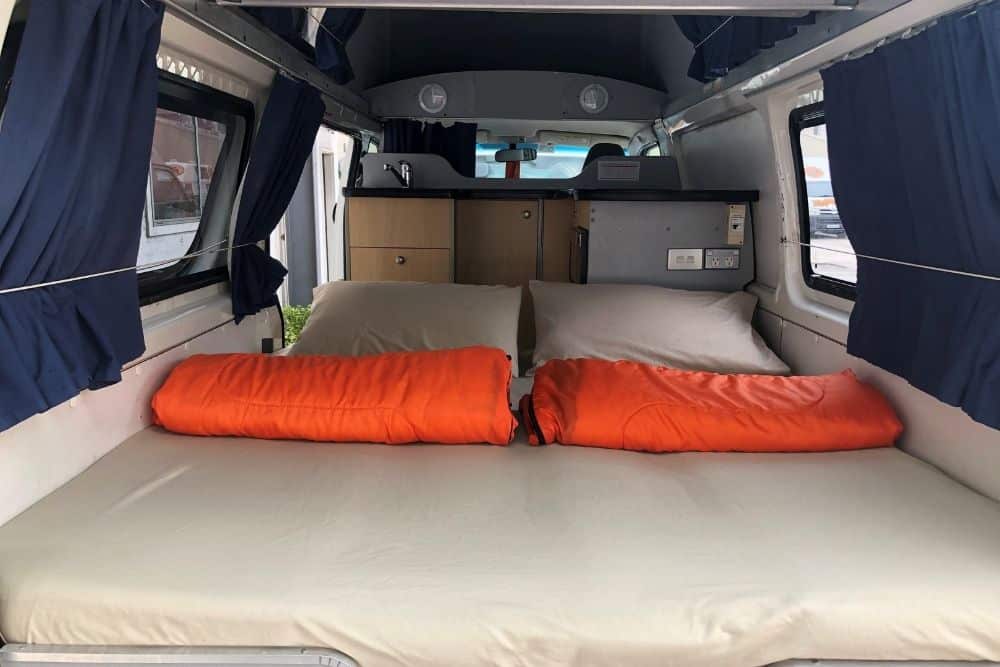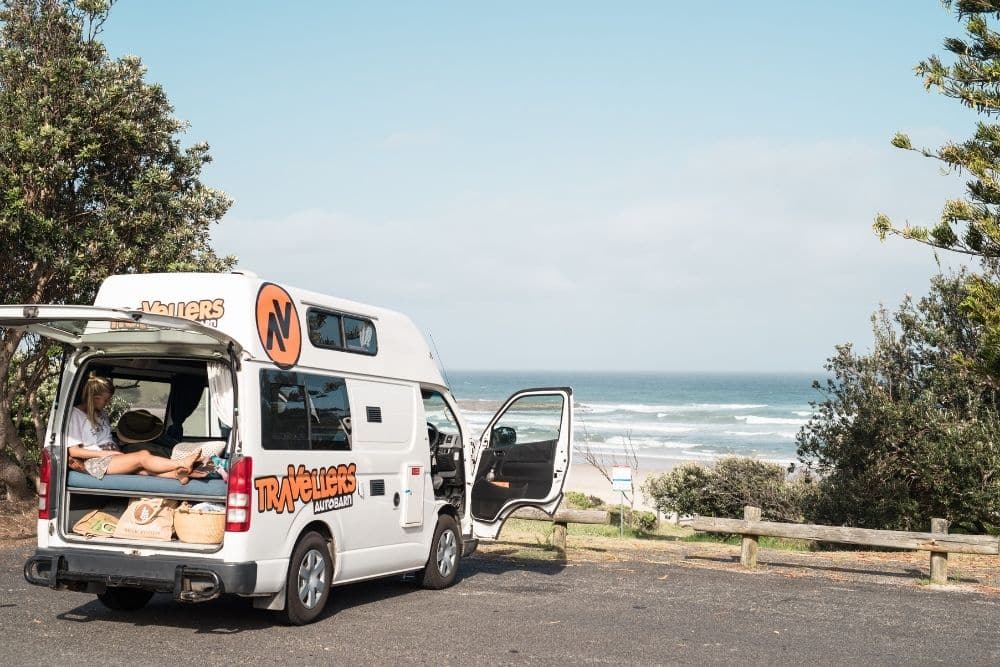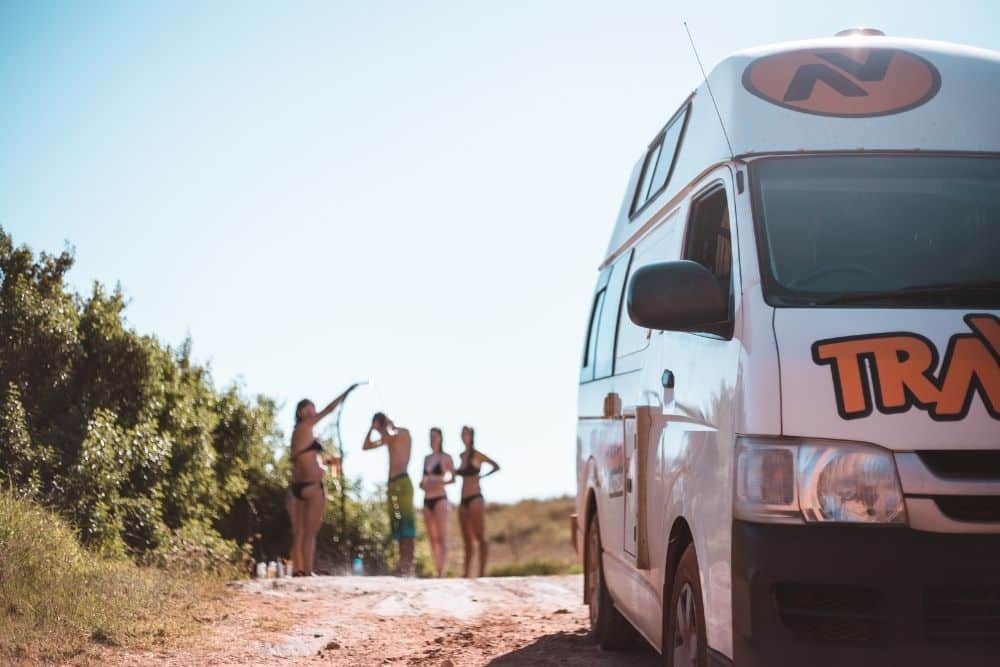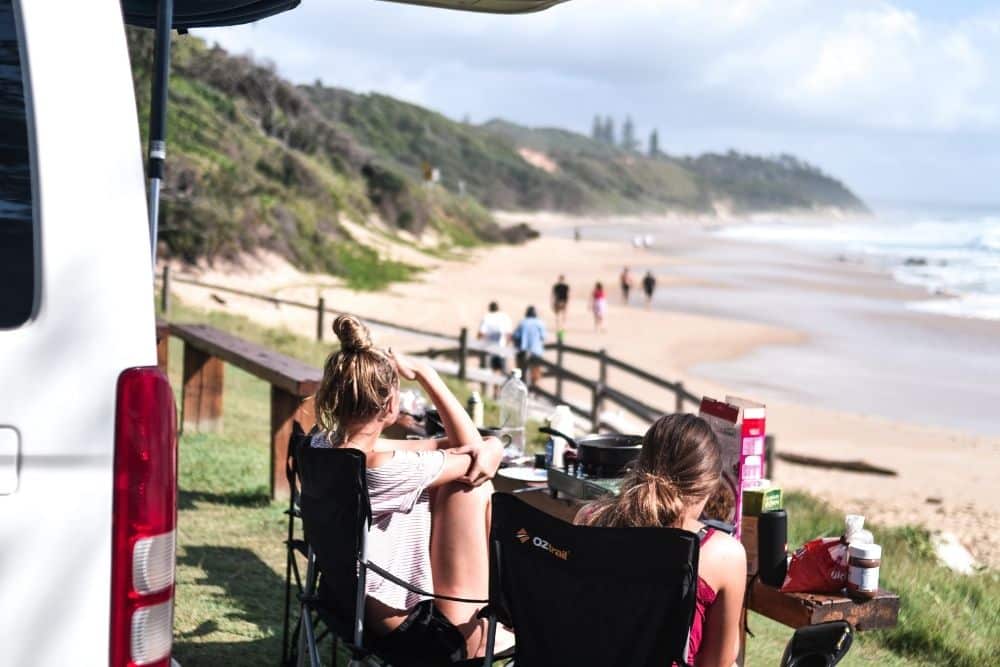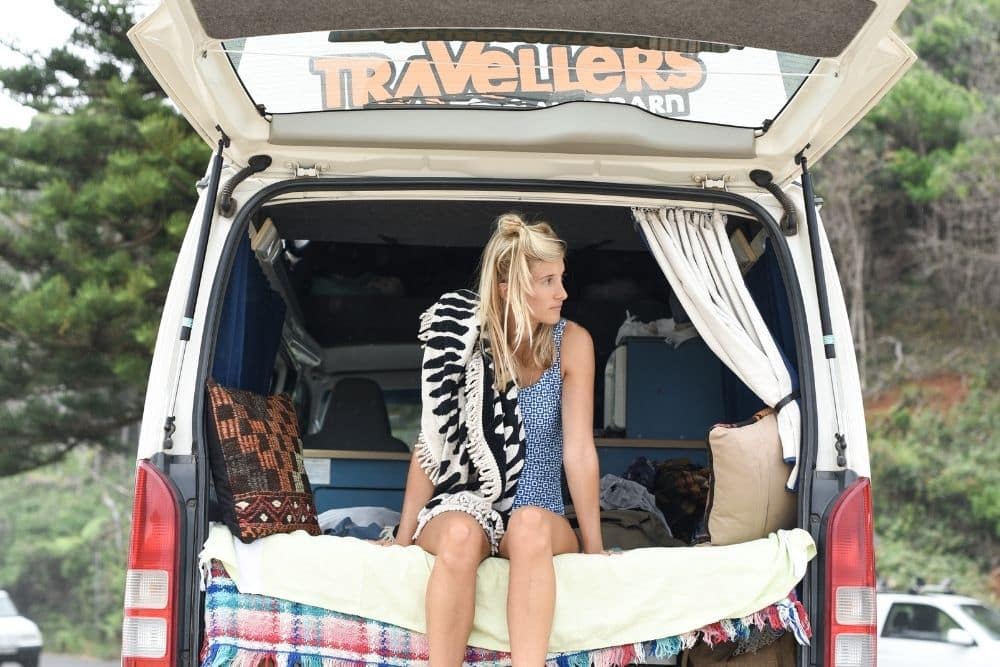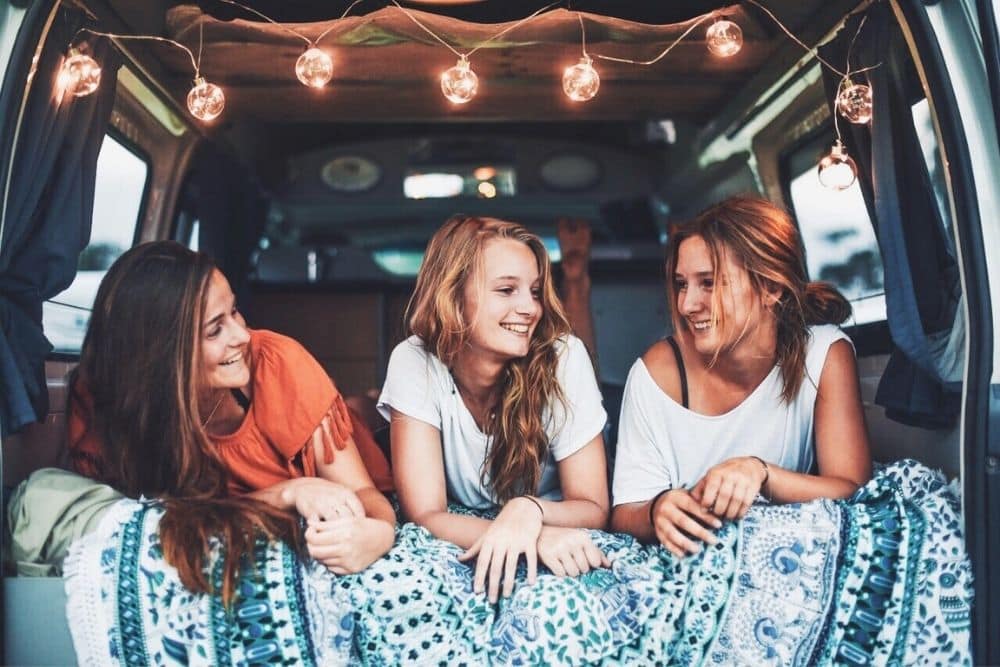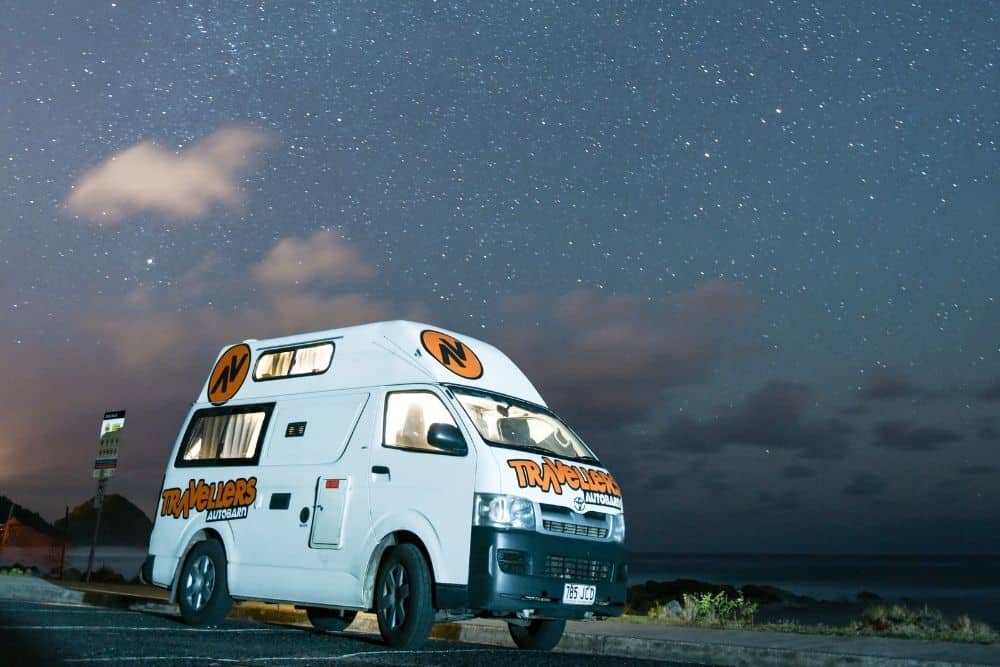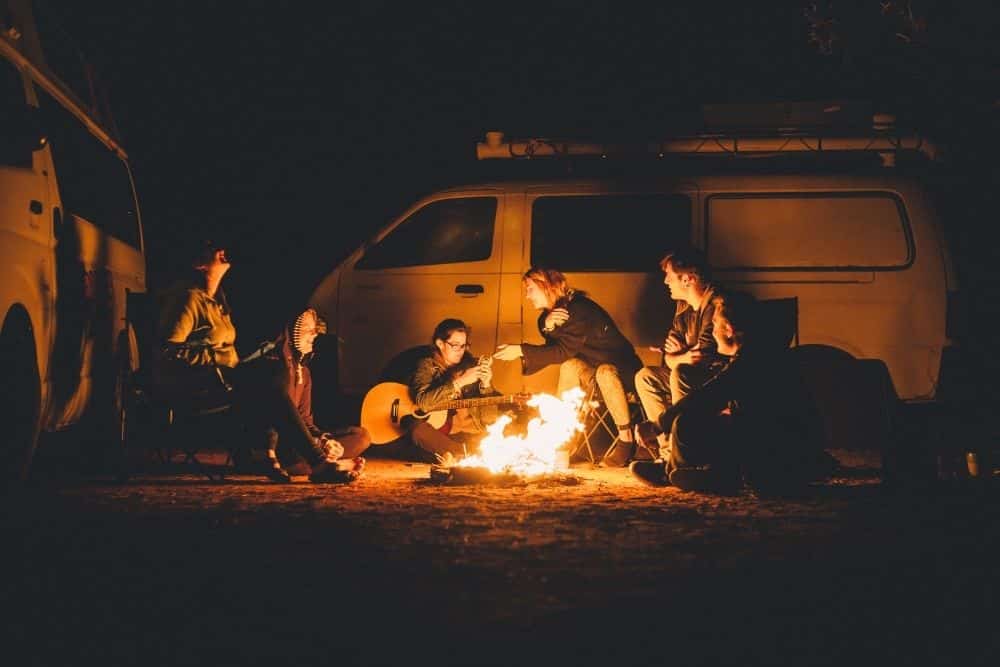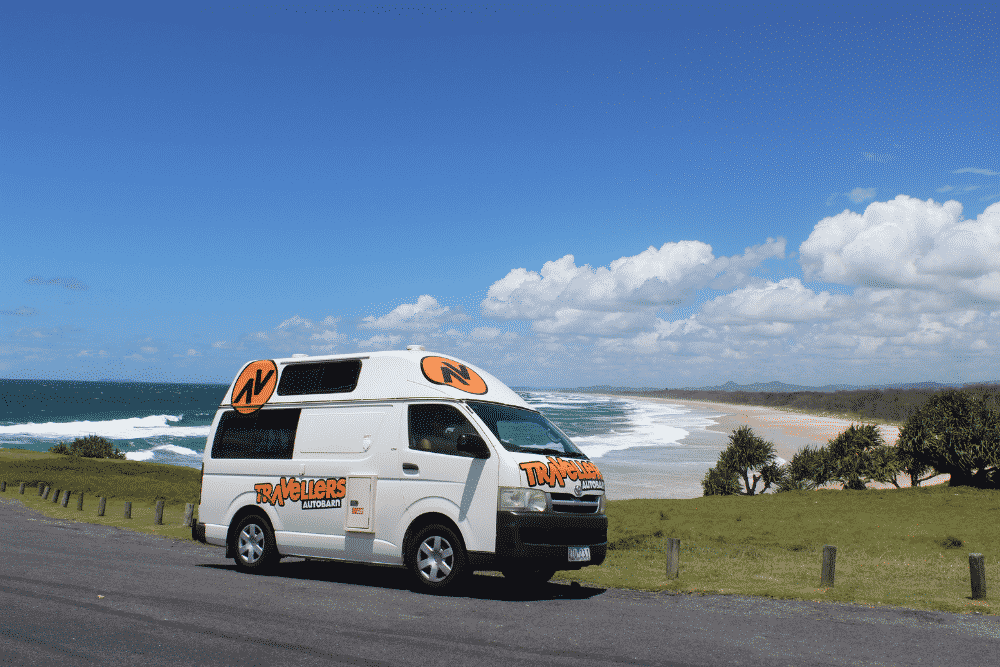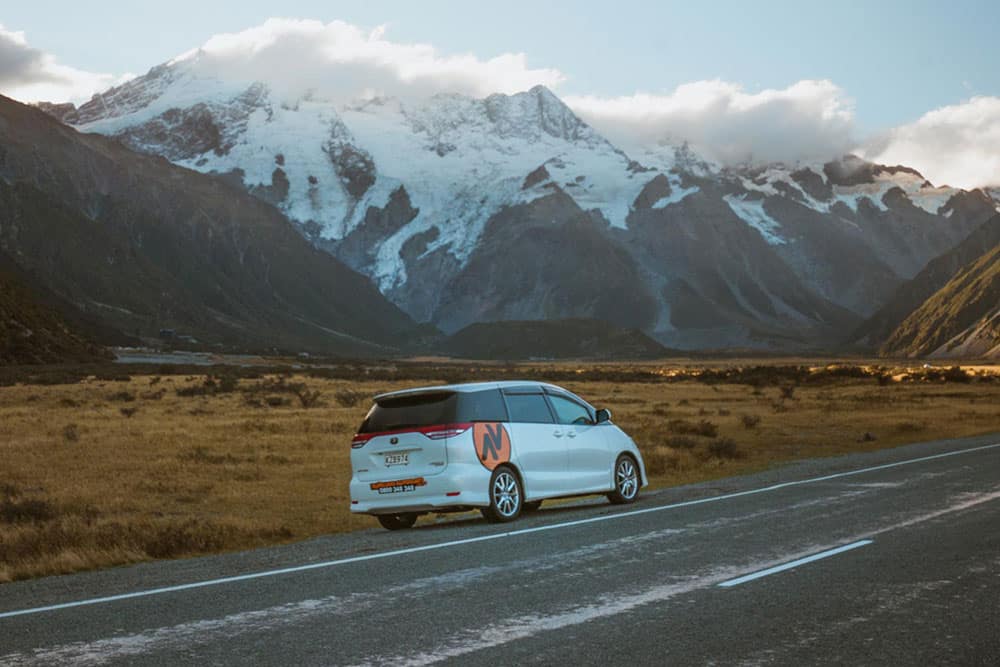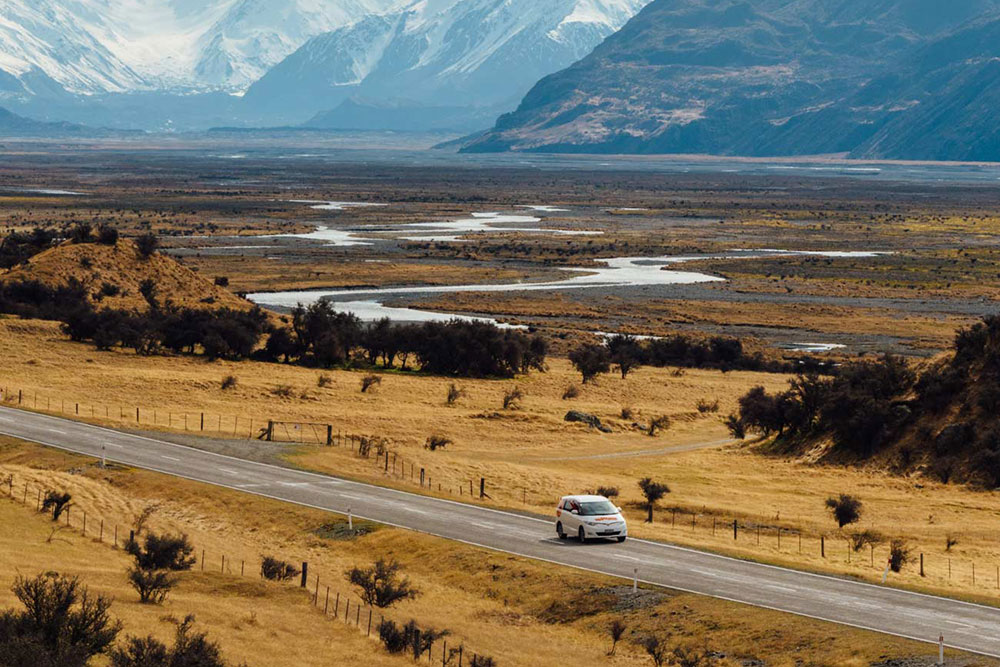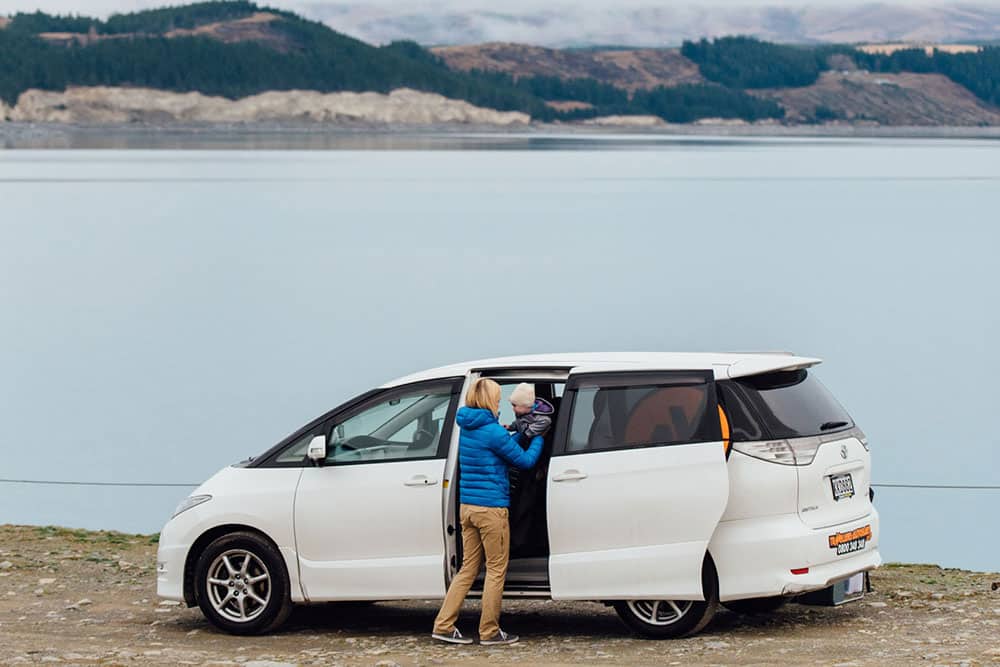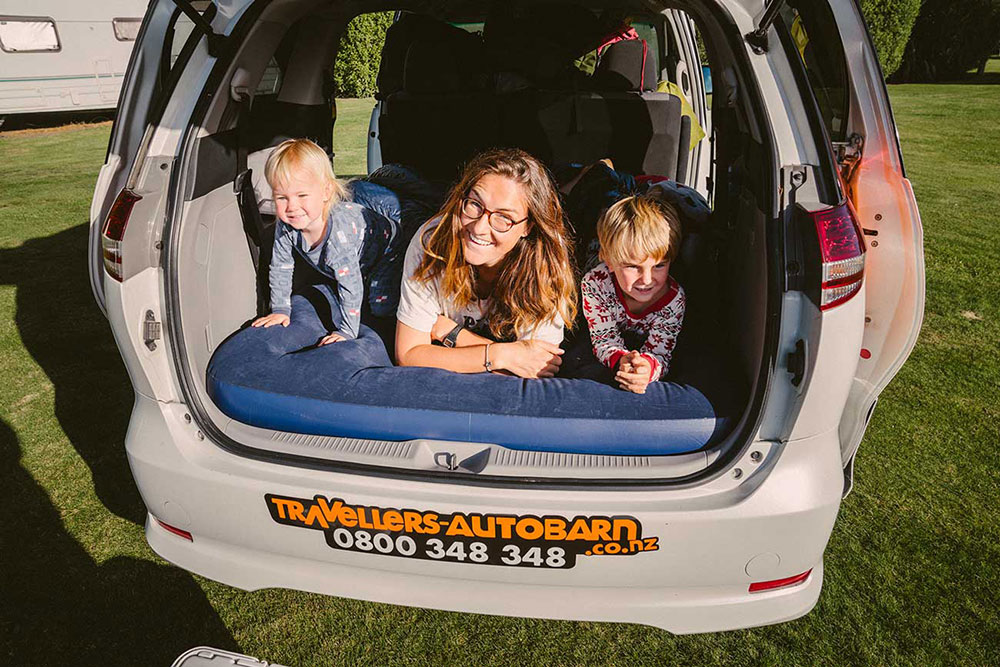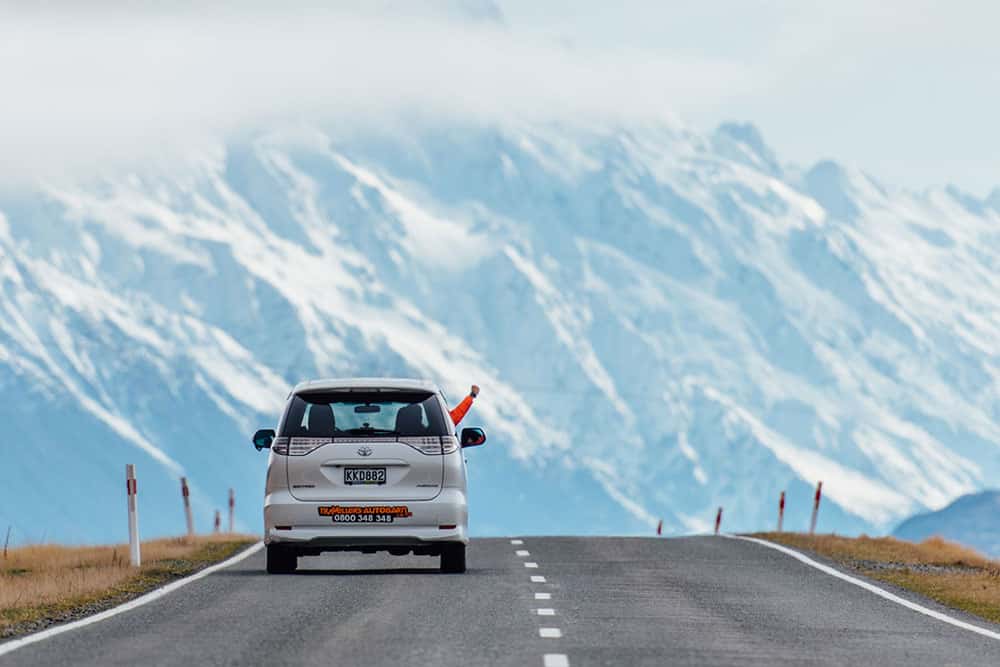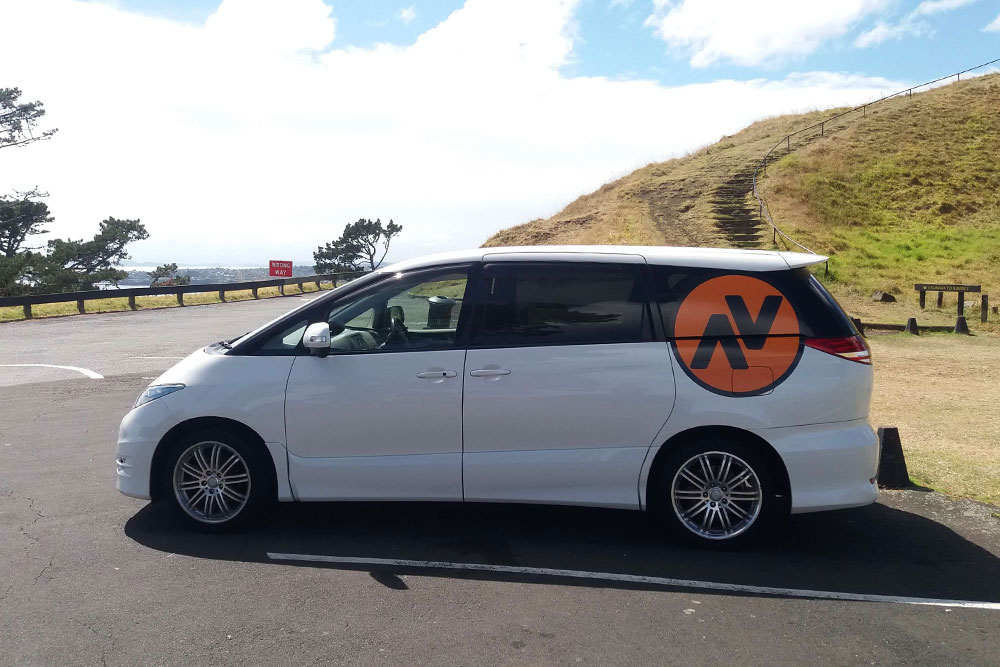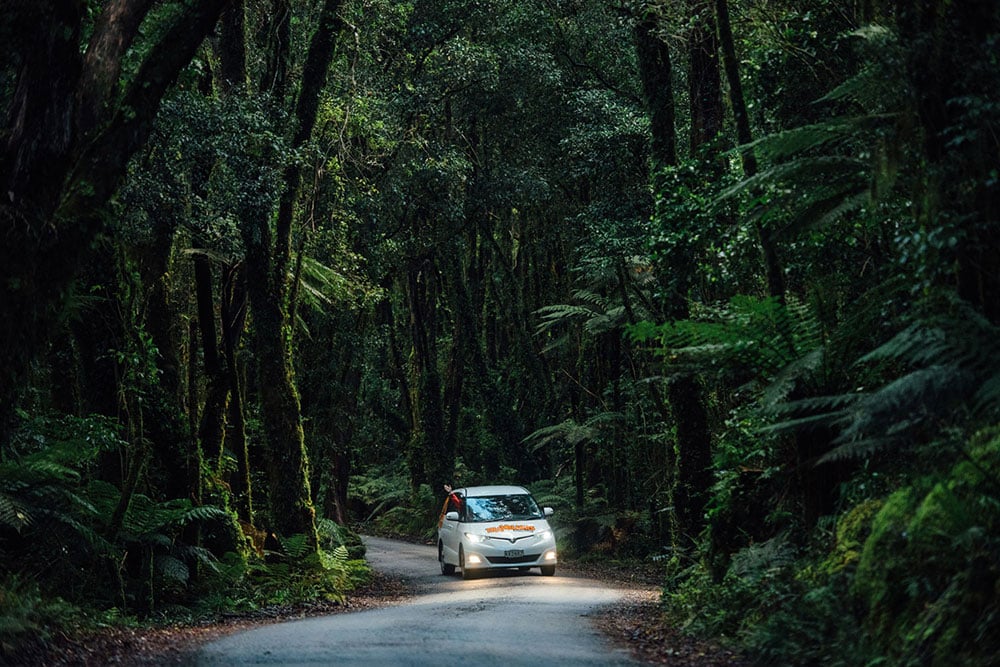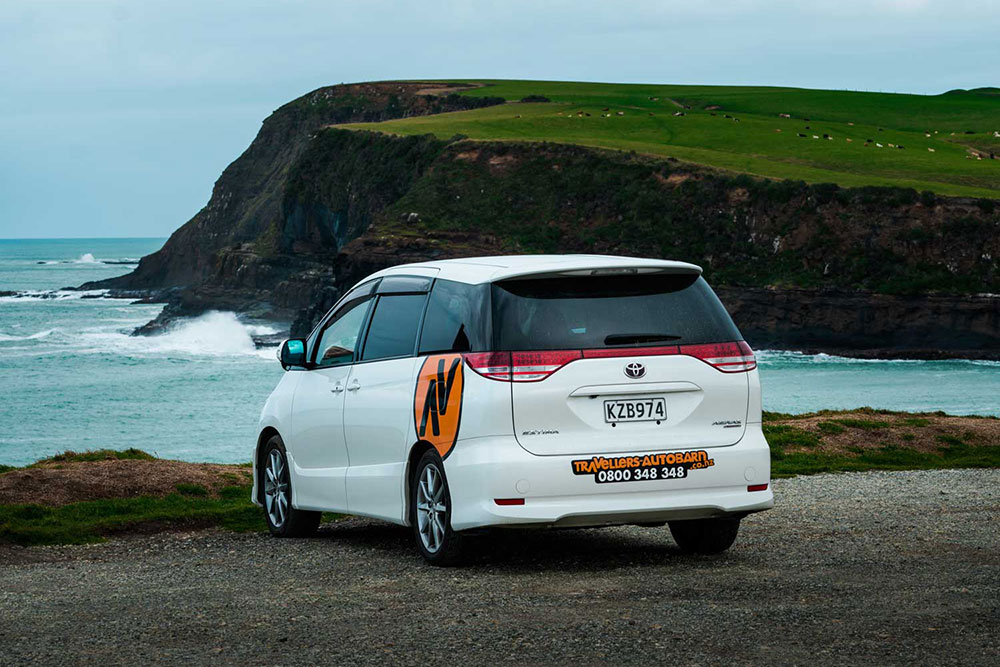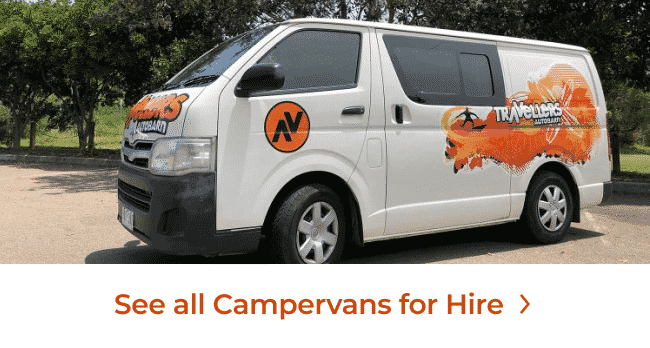New Zealand is a more popular travelling destination than ever as the world discovers what the Kiwis already know to be true. Here you’ll find dazzling beaches, pristine turquoise lakes, spectacular mountain views, volcanic geothermal springs and over 250 well maintained camping areas.
You’ll find How to Choose the Right Campervan Gear, Best Times of Year to Travel New Zealand, Top 8 Recipes when Cooking in your Camper and much more.
New Zealand is a more popular travelling destination than ever as the world discovers what the Kiwis already know to be true. Here you’ll find dazzling beaches, pristine turquoise lakes, spectacular mountain views, volcanic geothermal springs and over 250 well maintained camping areas.
If your first road trip is through New Zealand, you’ll be setting the bar very high for any trip to match! Whether you’re a local youngster heading out on the road for a gap year or a tourist flying halfway across the world to experience New Zealand, read on. You’ll learn how to plan a one-of-a-kind trip by seeing the country the way it should be seen: with the freedom of your own wheels.
Here’s What You’ll Find In This Guide To Travelling Around New Zealand
- How to Choose the Right Campervan Gear
- Best Times of Year to Travel New Zealand
- Driving Tips: Rules of the Road in New Zealand
- Cooking in your Camper
- Top 8 Recipes when Cooking in your Camper
- Essential Packing for your New Zealand Road Trip
- Responsible Freedom Camping
- Campground Options
- 5 Breathtaking Beach Camping Spots
- Top Road Trip: Auckland to Christchurch
How to Choose the Right Campervan and Camping Gear
Some things you want to consider when planning your trip are whether you will be sleeping in a campervan or tucking up in a tent. A fully equipped campervan comes with many amenities such as a bed, storage area, kitchenette with sink and gas cooker, a fridge and power plug-ins. So generally speaking, you will have almost everything at your fingertips, making your trip close to hassle-free. Whether you’re on a family trip, or out with your best buddy, we’ve got a detailed campervan packing list here.
Some people want to sleep in a tent for a more rustic outdoors experience. If you’re not sleeping in a car or campervan, you’ll need to pack:
- Warm sleeping bags and a sleeping mat—these will give you the best quality of sleep and help you bed down anywhere
- A high-quality tent and tarps—you want a tent that can stand up to wind; tarps are good to cover the ground around, but very handy to pitch above the tent at a slant. In case of rain, a tarp pitched in this way can prevent tent collapse
- Billy or kettle—for heating up water
- Batteries or plug ins to charge flashlights and mobiles at campsites
- Esky or cooler
- Lighters or matches, gas and firewood – for spectacular outdoor grilling (or just making that cup of coffee when you’re half-awake after a late night at the campfire)
There are many places around the country to buy and rent gear but the more prepared you are ahead of time, the less worries you’ll have on the road. If you plan on sleeping in a tent, you’ll also want to consider where you camp. New Zealand has a lot of fully serviced campgrounds with bathrooms; however, a lot of the country is rural. If that makes you nervous, you can use a campervan with a toilet for convenience. Whichever way you choose to travel, there are other essentials you should pack:
- Swimwear – there are many fabulous beaches and hot springs, so you’ll want to take a dip at many points during your trip.
- Sunscreen – New Zealand has a mild, temperate climate that doesn’t get too hot or cold in most areas. That being said, you may burn faster than you expect if you’re new to the islands. Be extra generous with your sunscreen.
- Sandfly repellent – New Zealand has almost no natural predators. But if you plan on hiking in the forest, you’ll want a bit of sandfly repellent. They’re harmless little pests but the bites can be a nuisance if you run into them and you’re not prepared.
These are the basics to get you thinking about what to pack before you hit the road. Consider what special activities you might be doing and plan accordingly. New Zealand has great ski areas, for example. There are also great caves for diving and beaches to explore. Come prepared and you’ll be ready for anything.
Best Times of Year to Travel New Zealand
The best time of year to travel New Zealand is in winter, hands down, June – August. The roads are quieter, the vans are cheaper and there should be more selection with pick up and drop off locations. Plus to top it off, if you love to ski or snowboard, as well as travel, what better way to tie your 2 loves together? Travellers Autobarn does offer heaters and water bottles for specific months of the years, so you won’t get cold.
Autumn would be our second recommendation to travel New Zealand, March to May. With temperatures up to 29 degrees and you will still experience those long ‘summer-type’ days. This is also a cheaper time of year to travel as well, so if you’re trying to save on budget then make sure to look at these months!
Spring, but specifically October is worth a checking out too! Prices are still sharp and the weather is starting to get warmer. Everything is more vibrant! Spring is generally known as the ‘waterfall season’ in New Zealand, so make sure you check them all out! Whale watching is starting as well, so if you love mother-nature and the great outdoors, Spring is your month.
Finally, November to February are all great months to explore New Zealand. Summer is kicking in and the weather is improving. Although rates won’t be at their lowest, there will still be a deal to be had. Warm, long and sunny days make for a relaxing adventure, however you do risk hitting the crowds and busy roads! Kids will also be on school holiday for the majority of December – January.
Driving Tips: Rules of the Road in New Zealand
- Drive on the Left Side of the Road – this one is laughable for locals, but for many visitors it is quite a surprise that New Zealanders drive on the left side of the road.
- Know the Speed Limits – the national speed limits are 100km/h (about 60 mph) on the open road, and it varies in urban areas. Speed limit signs usually have a red ring around the number. Consider the weather and drive accordingly.
- Don’t Talk on the Phone – It’s illegal while driving here.
- Learn How NZ Roundabouts Work – roundabouts move in a clockwise fashion. If you miss your turn off, go around again. It’s a bit of a learning curve (literally!)
- Don’t Drink and Drive – If you’re under 20 years old, you are not allowed any alcohol in your system. Over 20 and the cutoff is 250 micrograms per liter of breath. It’s hard to judge what that cutoff will mean for every individual, so play it safe by waiting until you’re parked for the night before drinking.
- Look Out for Animals on the Road – In rural areas, there can be springbok, sheep and other herds. Keep an eye out in rural areas.
- Take Your Time – the roads in New Zealand are winding and sometimes mountainous. This means it might take more time to get somewhere than you planned by looking at a map.
- One Lane Bridges – most bridges in New Zealand are one lane. As you approach the bridge, you’ll see a yellow sign that represents the bridge. There will be a blue sign underneath with two arrows. The bigger arrow gets priority.
Cooking In Your Campervan
Who doesn’t love cooking in the great outdoors? Whether you’re cooking on an open campfire, or over your campervan stove, each meal really does feel special and like you deserved it.
It can be a challenge to get cheap food while travelling around New Zealand, but as long as you plan and research it is possible to eat well while you’re out on the road. Cooking in your campervan means that budget and quality can come together, as long as you’re organised. Stock up on basic essentials such as rice, pasta, potatoes, veggies and fruits. Sauces and spices can also go a long way to jazzing up your meals.
Here are Our Top 8 Recipes to Fill You Up and Keep You From Getting Hungry:
- Fried eggs with Spinach, Mushroom & Cherry Tomato Fry-Up. Sauté some onion and garlic in a pan before adding chopped mushrooms and cherry tomatoes. Add in the spinach and let it wilt before cracking in a couple of eggs. When the eggs are done take it off the heat and serve with crusty bread.
- Caprese salad. If you’ve been driving all day and feel like something lighter that requires no cooking then why not serve up a caprese salad. This simple salad is just fresh, ripe tomatoes and mozzarella. Drizzle with some olive oil, salt and pepper. Yum! Eat with olives and fresh bread.
- Classic Aussie sausage sizzle. Pick up some sausages, bread, onions and sauce. You can either cook these on a gas stove or a public BBQ.
- Mac and Cheese. Super simple, super tasty and super cheap. You can either buy a box of the ready-made stuff or cook some pasta stir in a simple homemade cheese sauce made from butter, flour, milk and cheese.
- Simple chilli. You can make chilli from as little as five ingredients – Garlic, tinned tomato, beef, kidney beans and chilli powder. Serve with rice, bread or tortilla chips.
- Veggie burritos. Simply pick up some tortilla wraps, canned corn, canned beans, red pepper, a jar of salsa, avo and cheese and you’re good to go!
- Pancakes. Easy to make and very easy to eat. All you need is eggs, flour, milk and a pinch of salt. Make these savoury or sweet – your choice!
Campfire nachos. Who doesn’t love nachos, especially after a long day of swimming or surfing at the beach? Grab some corn chips, refried beans, cheese, salsa, sour cream and jalapeños and get cooking.
Packing List For Your New Zealand Road Trip
If you’re renting a campervan and it’s a self-contained unit, check with us to see what is included, so you know if you need to bring any other essentials. Vehicles are often outfitted with a standard kitchen with a fridge, microwave, cookers/burners, a sink, and cupboards. Travellers Autobarn do offer a kitchen kit as well, in our premium living equipment set.
Other items you should pack, include:
- Your international driver’s license
- A torch/flashlight
- Gloves and warm gear
- Hiking shoes
- Merino wool socks and underwear – New Zealand is the land for merino, so you may just pick this up on arrival!
- A soft bag or backpack – not a big hard suitcase that will be difficult to store
- Water bottle
- Flask
- Quick dry pants
- Adapter plugs
- CDs for the road
- Pharmaceuticals (sunscreen, mosquito repellent etc).
Responsible Freedom Camping
The Freedom Camping Act of 2011 gives campers the right to stay the night in any public area. However, “free of charge” does not mean that the campers have no responsibilities. Campers must remember:
- Camping on private property is illegal.
- Leaving behind litter or human waste at any campsite is illegal.
- The emptying of onboard toilets is only permissible at legal dump stations. These are often found at holiday parks.
- Guests must have their own waste systems, toilets and fresh water unless those amenities are provided by the campsite.
- Don’t be a nuisance (respect the rights of others and don’t be too loud).
In addition to the many public lands of New Zealand, the Department of Conservation provides over 200 public campsites which can be searched here. This search engine allows you to filter campsites by region, landscape, facilities provided and access. Also, read up on your rights and responsibilities with this article about the Freedom Camping Act 2011 from Trip Savvy.
Campground Option
If you’re a camping enthusiast, there are a couple of options for you:
- Traditional camping: Here is when you pay per night for a site, based on your vehicle size and number of travellers. You’ll have access to a terminal and you can recharge your campervan, dump out your waste, water, and fill your tank with fresh water.
- DOC Campgrounds: These are sites managed by the Department of Conservation, mentioned above. They are quite basic but special, as they’re usually located near lakes, rivers, oceans or in beautiful forests. They’re quite popular so try to book ahead.
- Freedom Camping: If you’re in self-contained vehicle, with a toilet and shower, you can camp pretty much anywhere in the countryside. However, you must comply with any rules of the area and leave no trace that you were there. For even more articles and blogs on freedom camping, click here.
- Okay2Stay: This is a membership network like Native Parks that allows you to access a private network of farms, vineyards and orchards all over New Zealand, get to know the locals, stay in a safe place, and park on these properties for free. You can get off the tourist trail and gain access to the local experience. If this is something you’re interested in, consider an Okay2Stay membership.
5 Breathtaking Beach Camping Spots
That’s it, once you’ve got all the basics covered, it’s now time to plan your route! We give you our top 5 beaches you need to visit when in New Zealand, whether you’re camping or in a campervan, these spots should be on your list.
- Coromandel Peninsula – This peninsula in the northeast is famous for beaches that frame picturesque coastal scenery and forests you could spend days exploring. Visit Thames, a small city with a rich history of gold mining. Then go to Hot Water Beach and dig your own hot pool that fills from springs beneath the sands. Camp at Fletcher Campsite in Northern Coromandel, a beachfront campsite with a farm setting.
- Rotorua – It would be amiss to write a New Zealand travel guide and not mention the geothermal experience of Rotorua. On the fringe of New Zealand’s volcanic Central Plateau lies Rotorua, a place that has attracted tourists since the 1800s. Located here is the world’s largest geothermal hot spring and also the remains of the 8th wonder of the world. Rotorua is a 3-hour drive from Auckland. It’s the main point of Maori tourism in New Zealand, so open your arms to total cultural immersion.
- Aroha Island – This is a small island about 12 km by road from Kerikeri in the Bay of Islands, Northland, NZ. It is linked to the mainland by a causeway and boasts an impressive population of Brown Kiwi.
- Awaroa, Tasman – This beautiful spot is known as the “People’s Beach” because a group of New Zealanders worked together through crowdsource funding to buy it for the country. Turquoise waters, golden beach sand and lush, natural green bush makes this national treasure a little piece of paradise. The nearest DOC campground is an hour and a half hike away at Totaranui. The beauty is worth it, though it may not be a trek for the faint of heart.
- The Catlins, Otago – Porpoise Bay is a step back in time. Located at the most southern point of South Island in a remote area between Dunedin and Invercargill, it feels like you’ve gone back in time. Mobile coverage is sketchy and there are limited ATMs, but the reward is a cavalcade of beautiful beaches. Porpoise Bay is known for sighting rare Hector’s dolphins, New Zealand sea lions and yellow-eyed penguins. There’s a campsite between Porpoise Bay and Curio Bay.
One of the great things about New Zealand beaches is that even touristy spots seem vacant to international beach goers. If you want access to truly off-the-path, unspoiled beaches, then ask some friendly locals or the Travellers Autobarn team.
Recommended Road Trip: Auckland to Christchurch!
Finally, we give you one of the best road trips you can do in New Zealand: Auckland to Christchurch. A drive from the capital city at the topmost part of the north island, to Christchurch, the biggest city on the south island, it is a great way to hit the highlights of New Zealand. You’ll want to take at least 9 days to enjoy the trip!
- Day 1: Arrive in Auckland, pick up your vehicle rental and relax.
- Day 2: Explore Auckland and the surrounding area.
- Day 3: Drive south through the rich farmland of Waikato.
- Day 4: Spend the day at Rotorua! Enjoy nature or check out the adventure park.
- Day 5: Drive toward Wellington. This is a very scenic stretch of the trip!
- Day 6: On Day 6 you will cross the Cook Strait on the Interislander Ferry.
- Day 7: Drive to the picturesque seaside town of Kaikoura!
- Day 8: Continue south through the countryside to Christchurch.
- Day 9: Explore the dynamic city of Christchurch!
Check out some of our New Zealand road trips for even more inspiration on your next adventure – happy watching:
We hope this has been an inspiring guide for ideas of what to do on a road trip around New Zealand. For more in-depth guides, or for even more road trip itineraries come and explore today.
For a full range of vehicles, don’t forget to check out the latest deals and offers on campervan hire in New Zealand.
About the Author
Bastian Graf
Bastian is the Sales & Marketing Manager here at Travellers Autobarn. He holds a Master of Commerce in Marketing and International Business Management, and 20+ years experience in campervan hire, road trips and travel.








